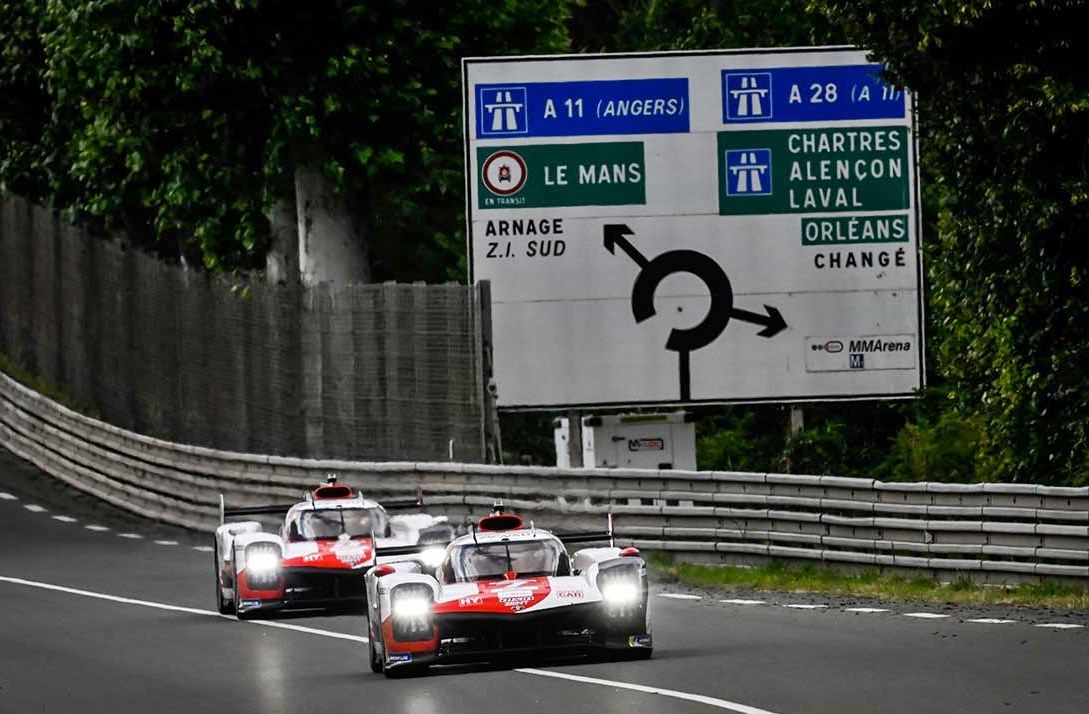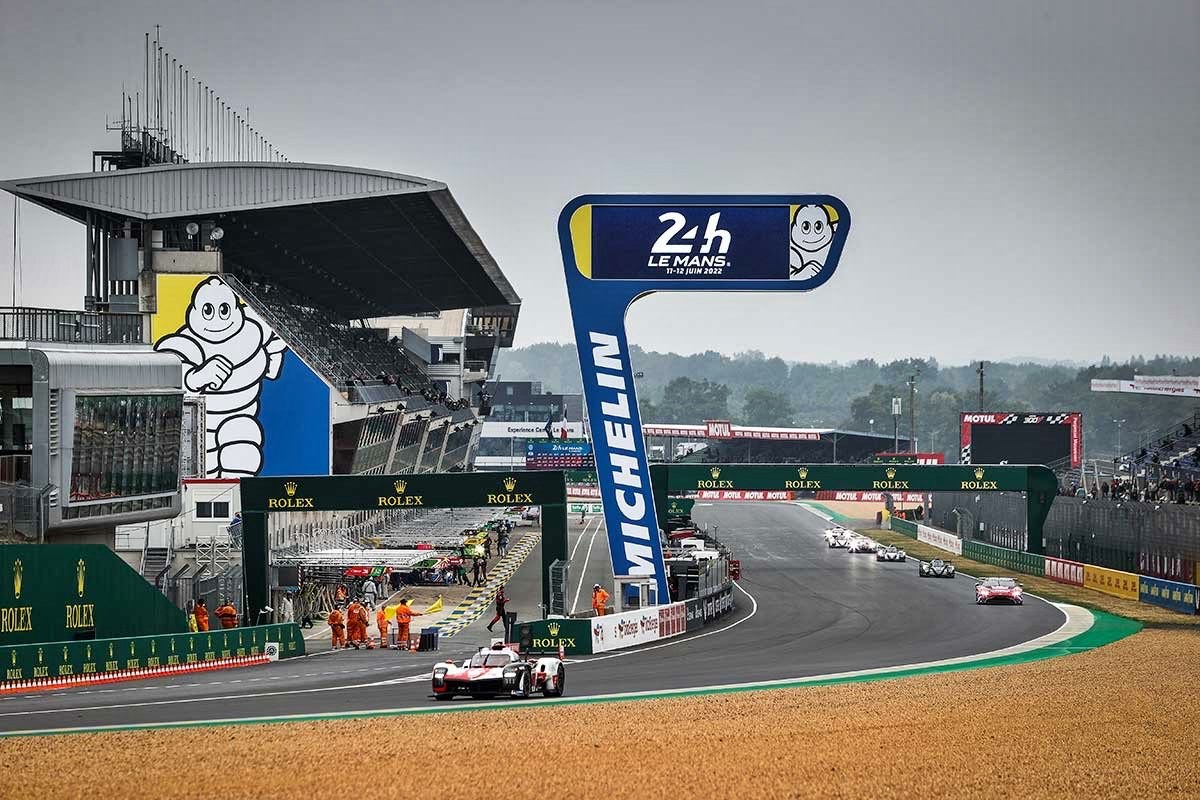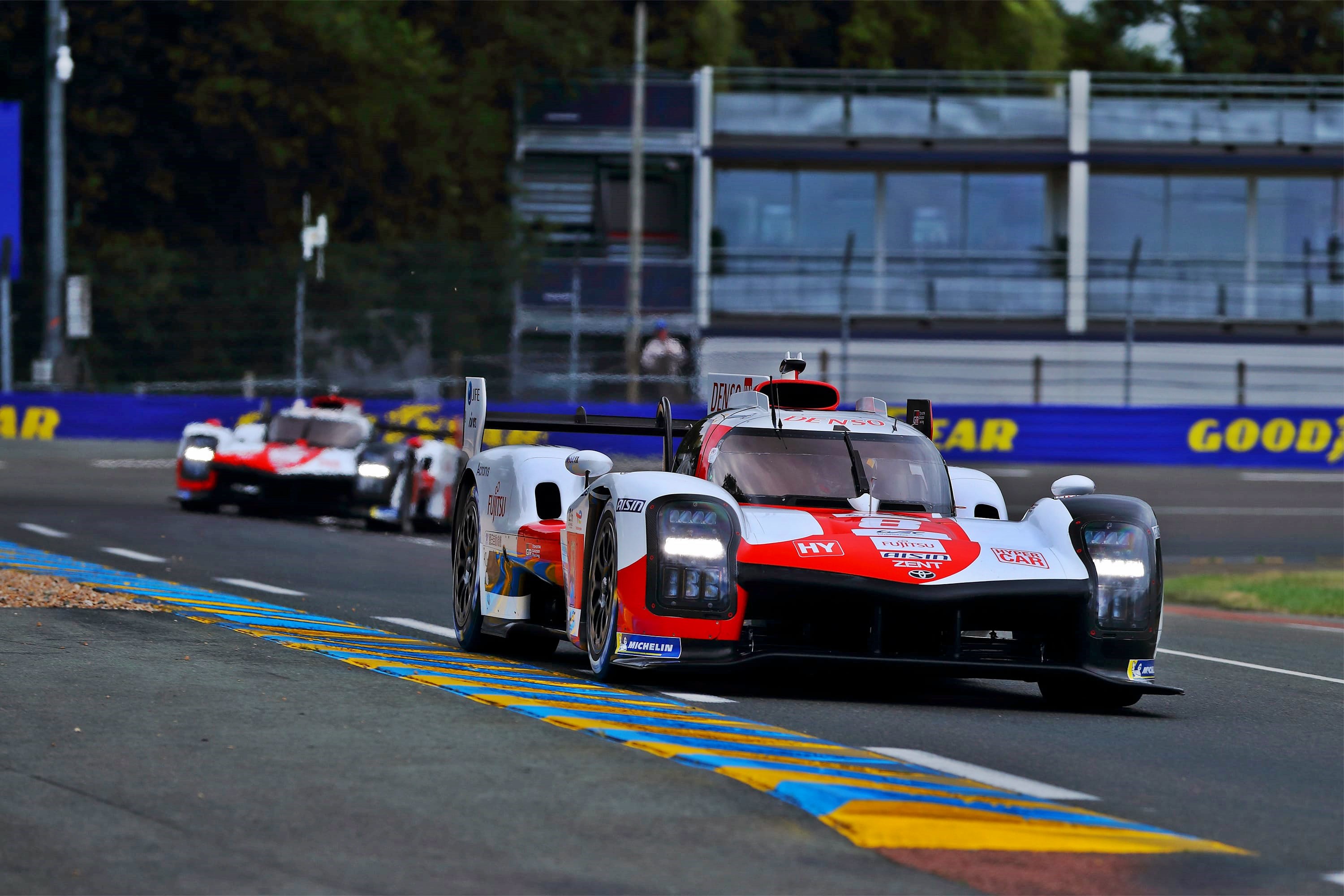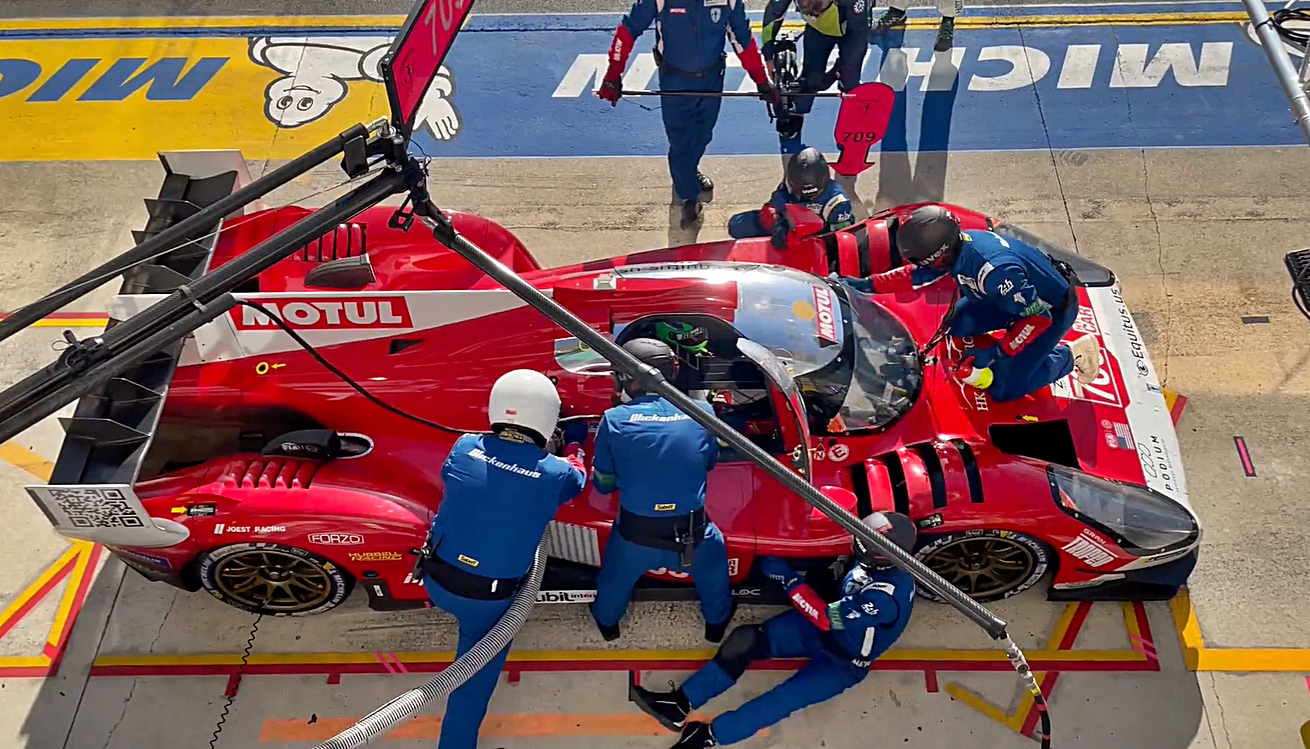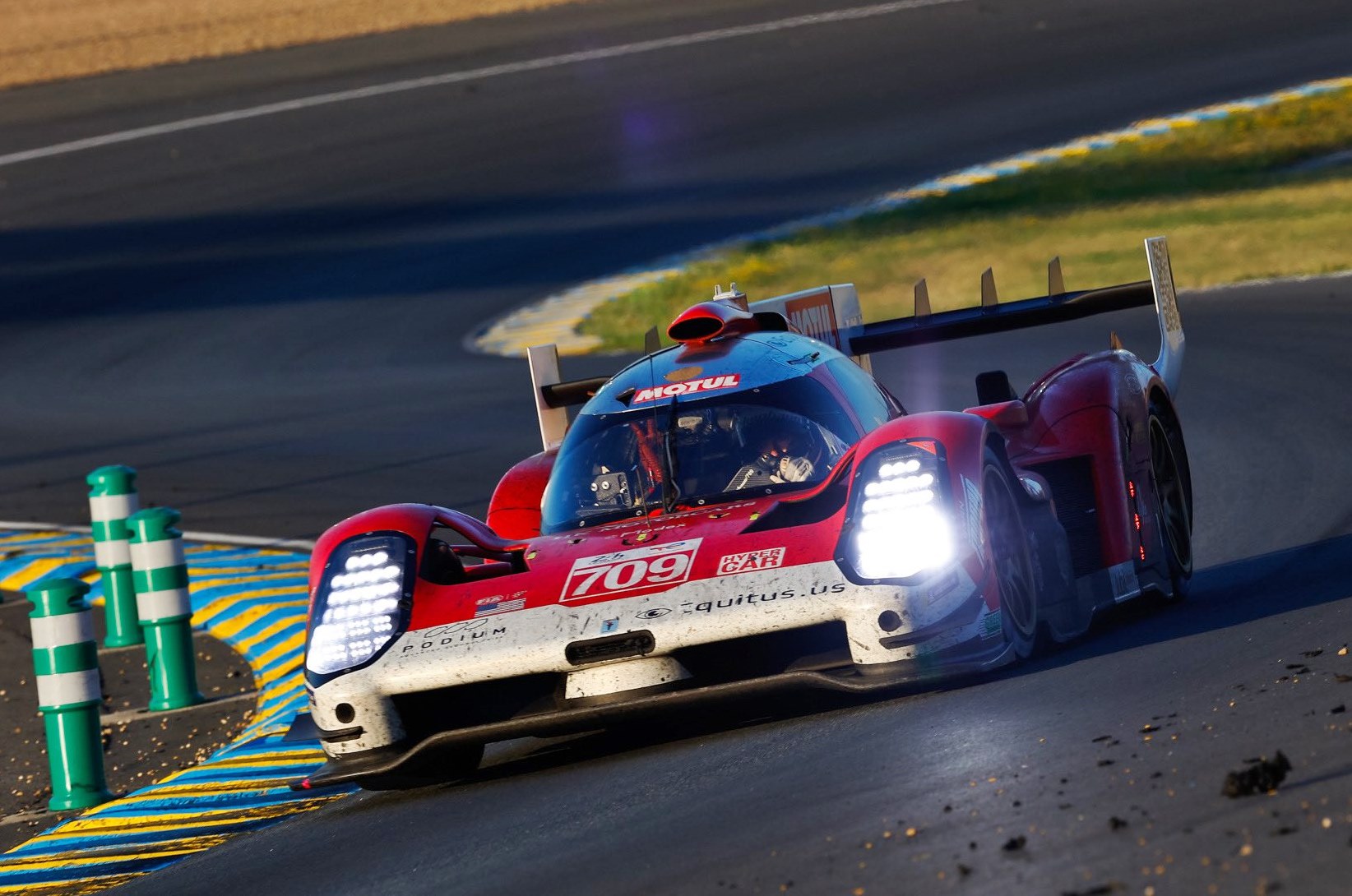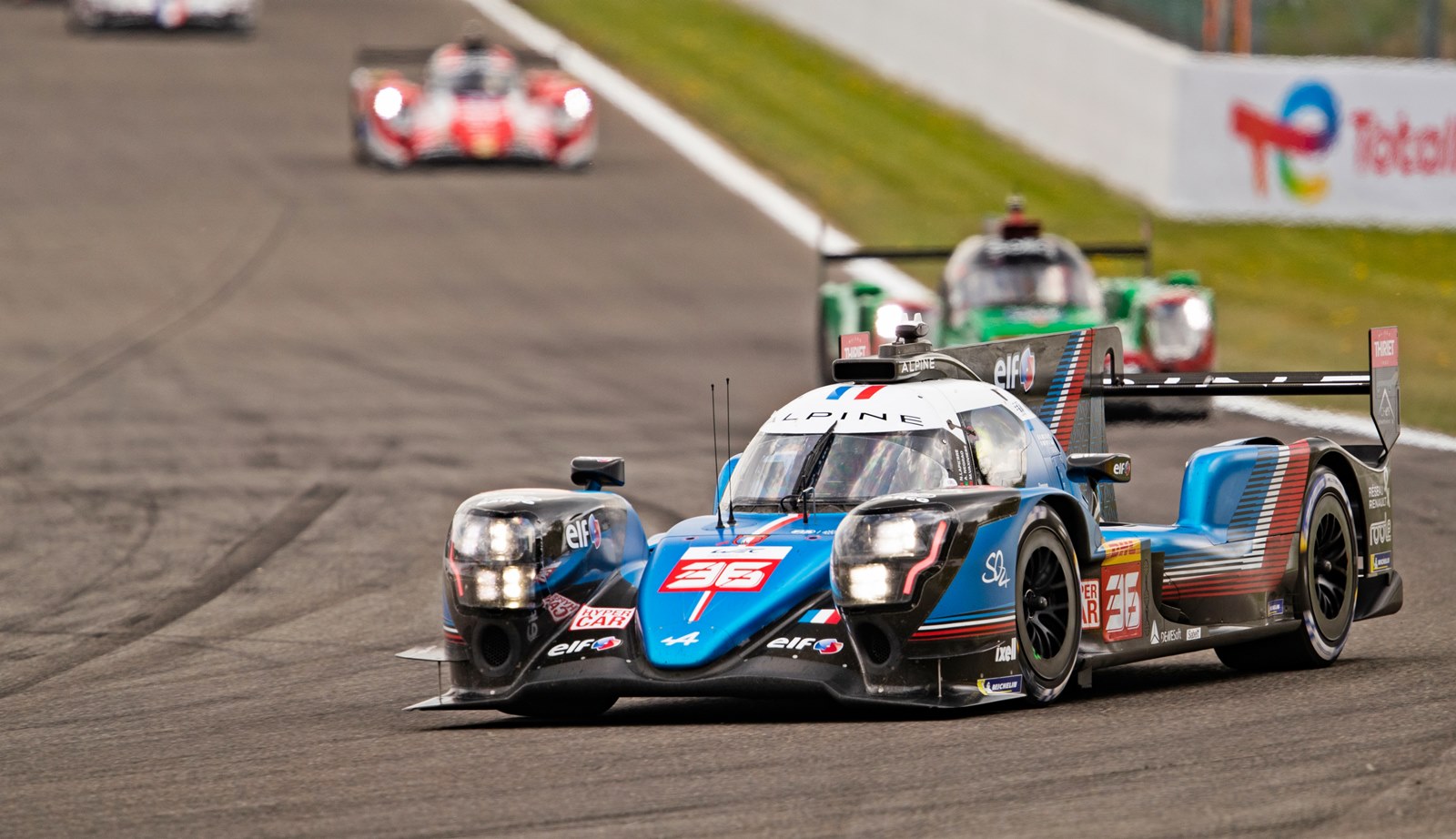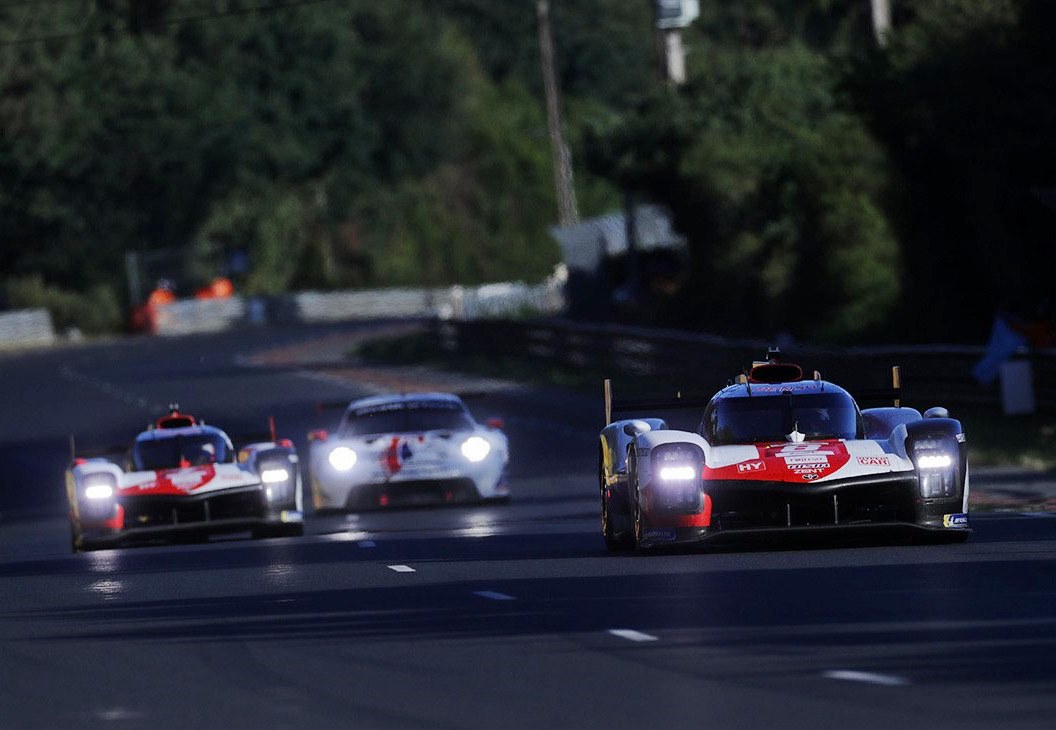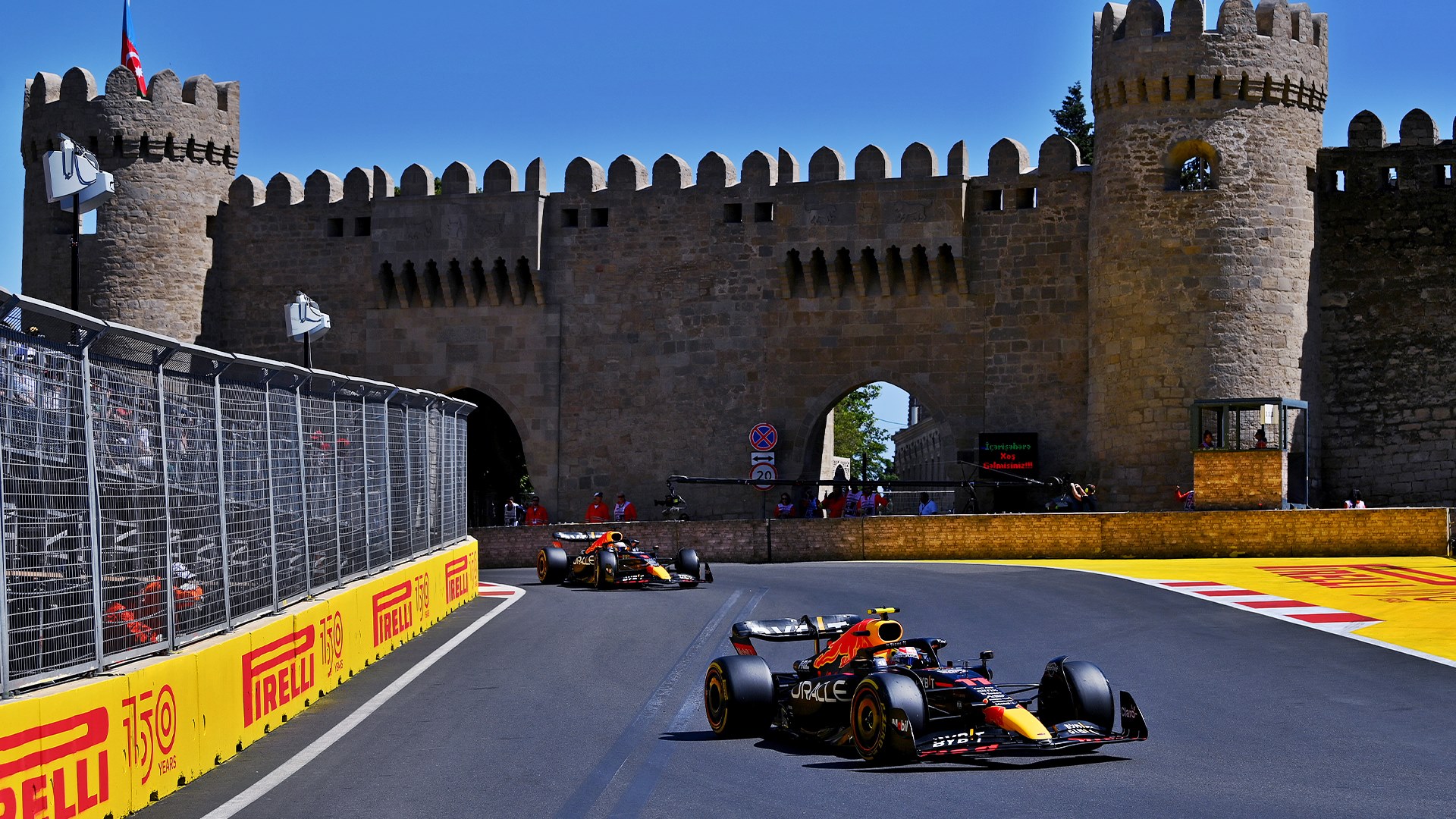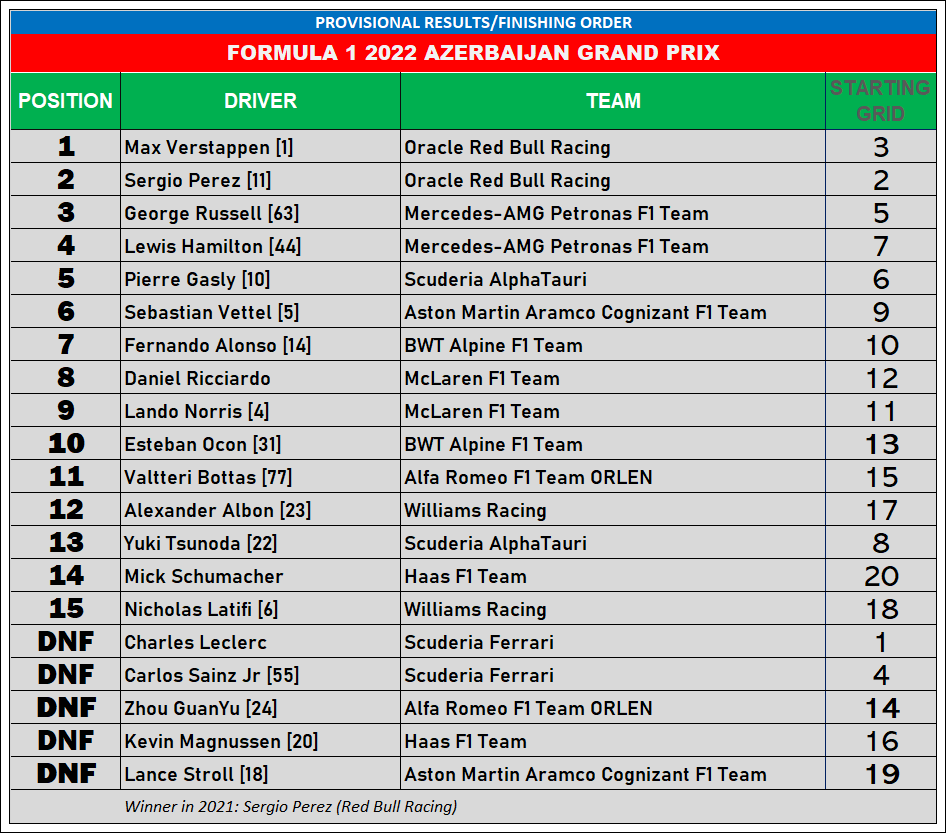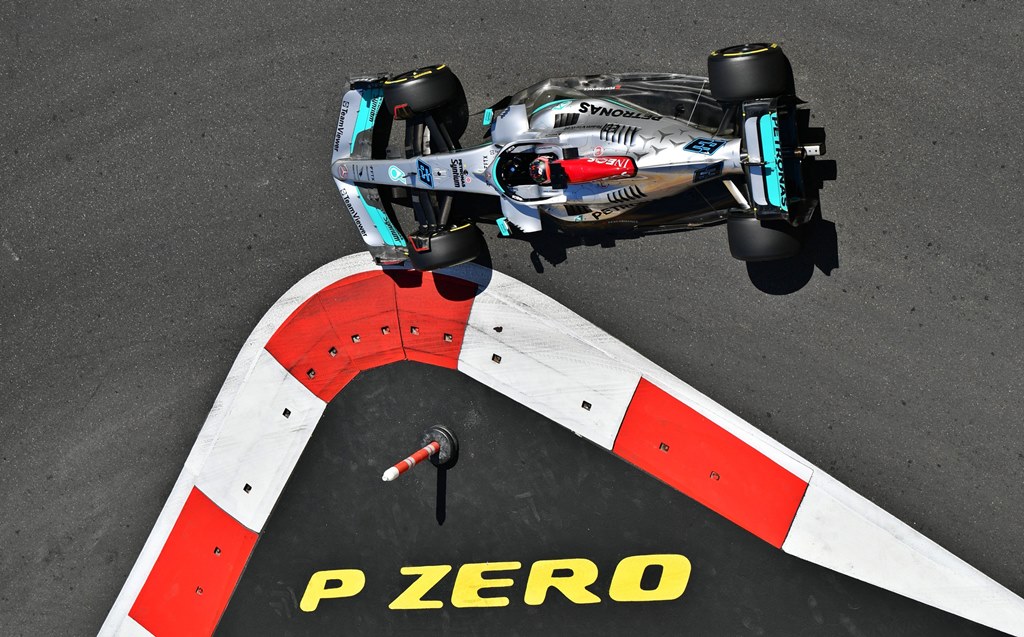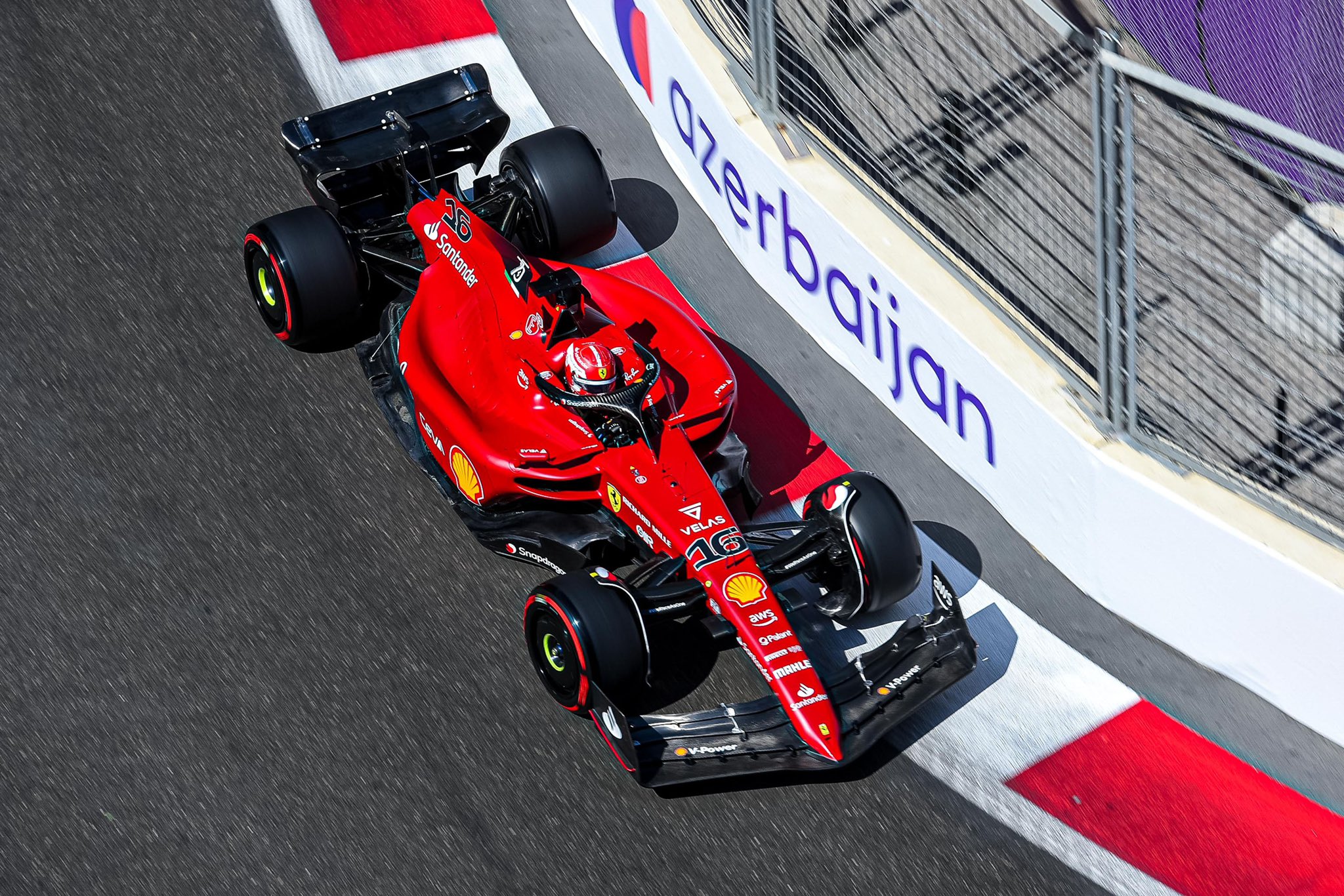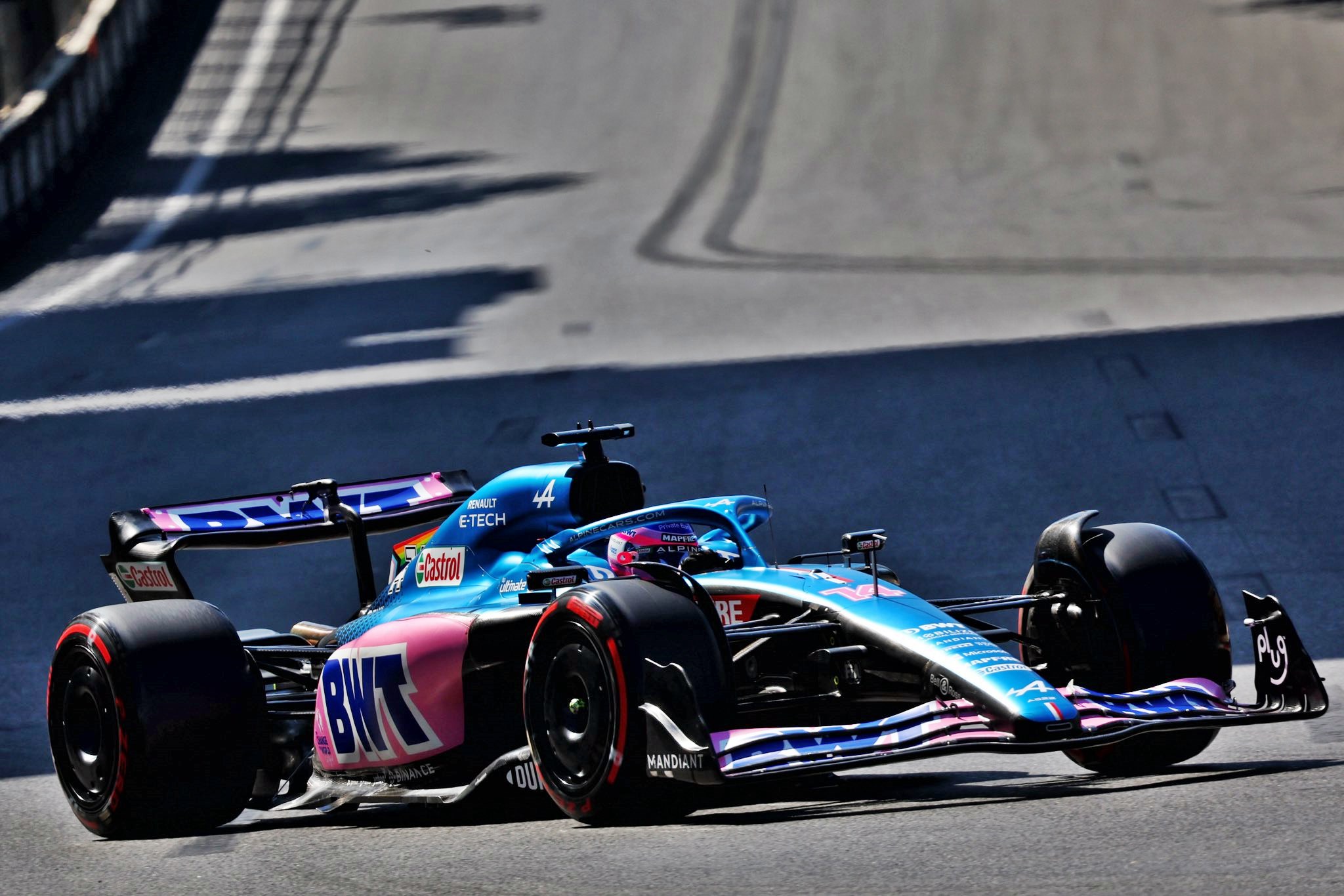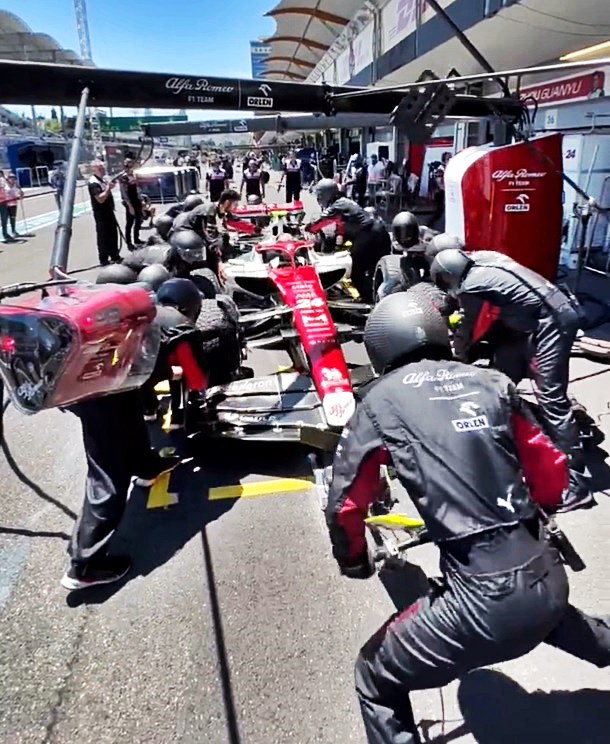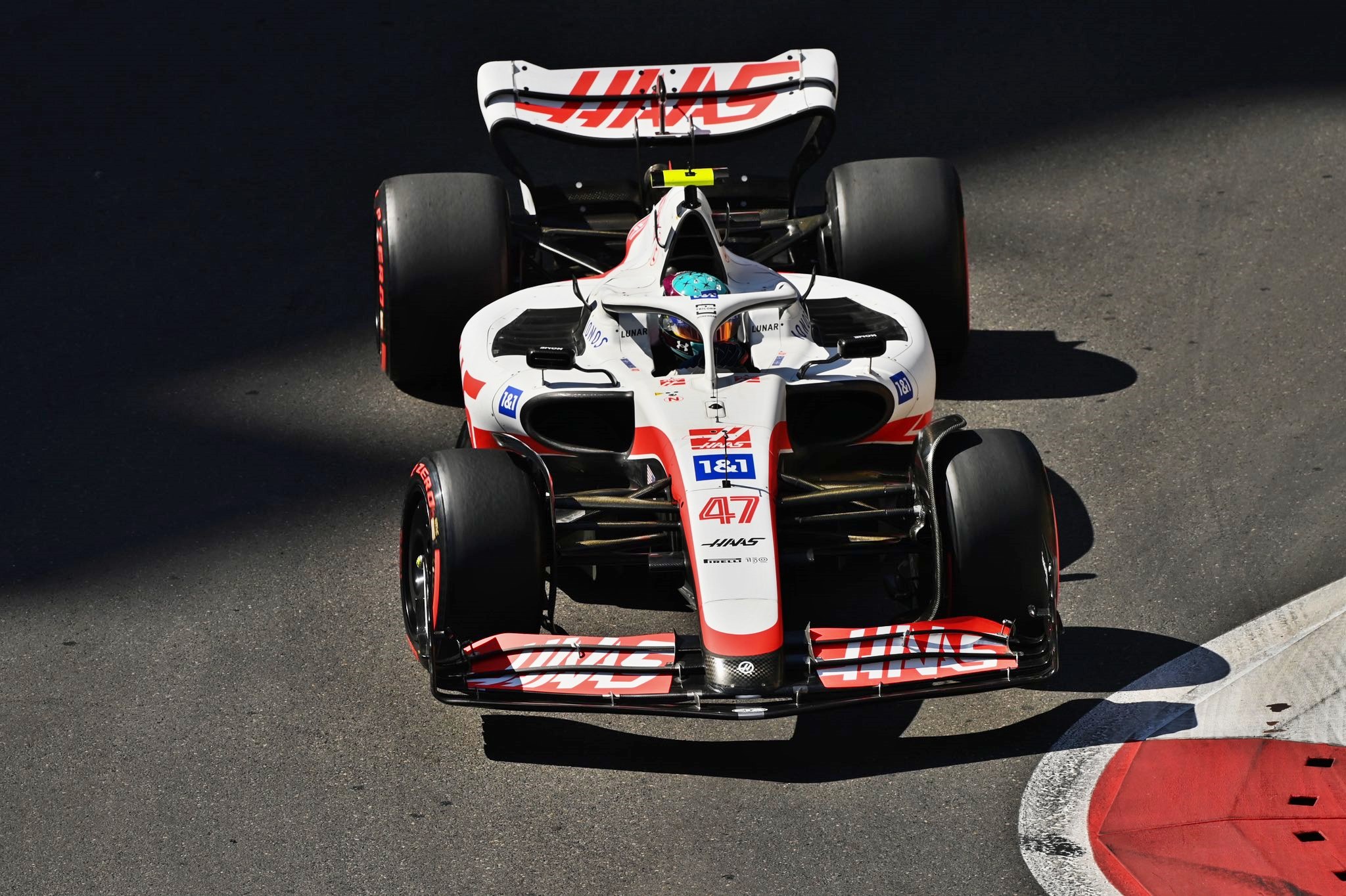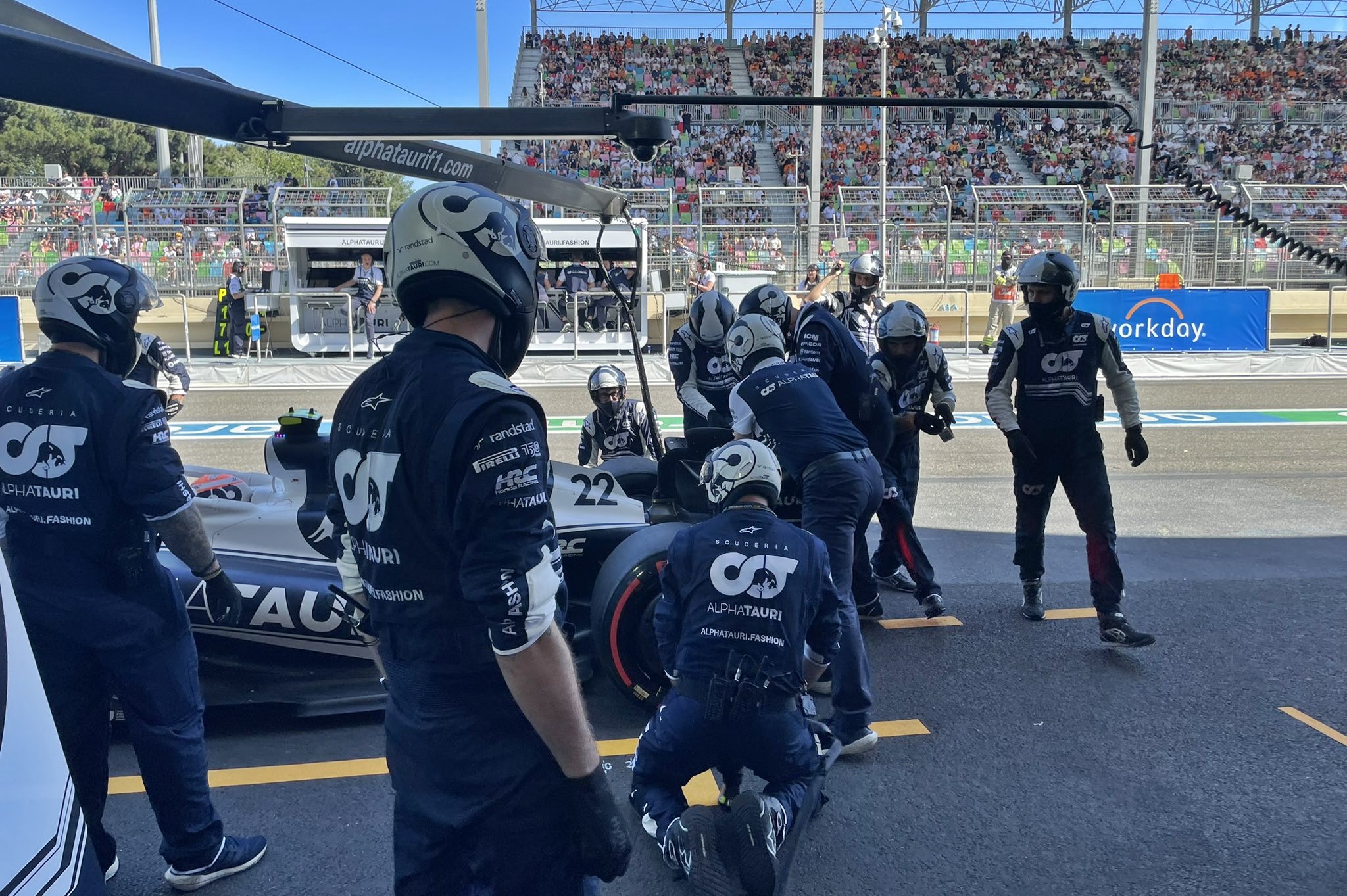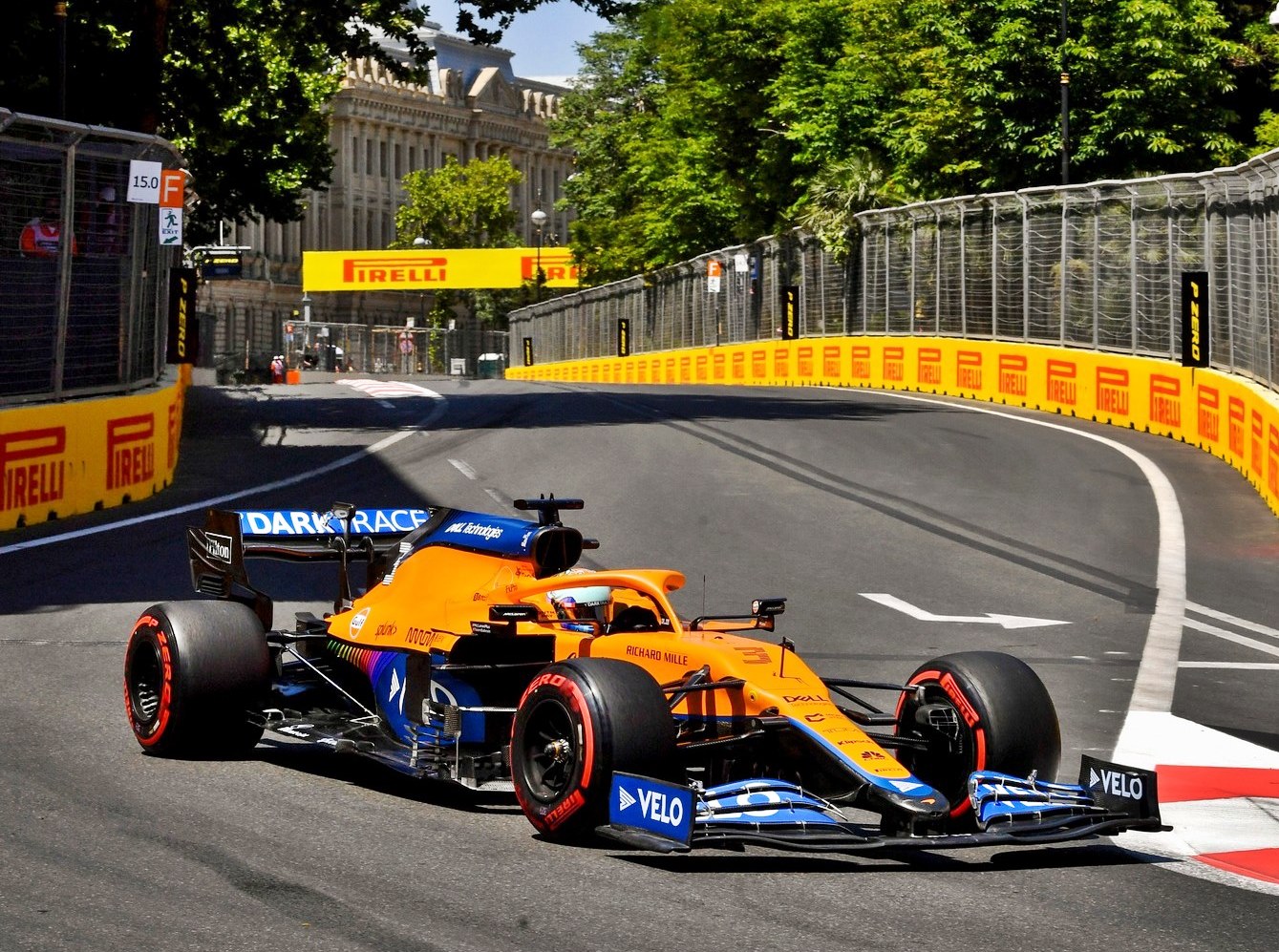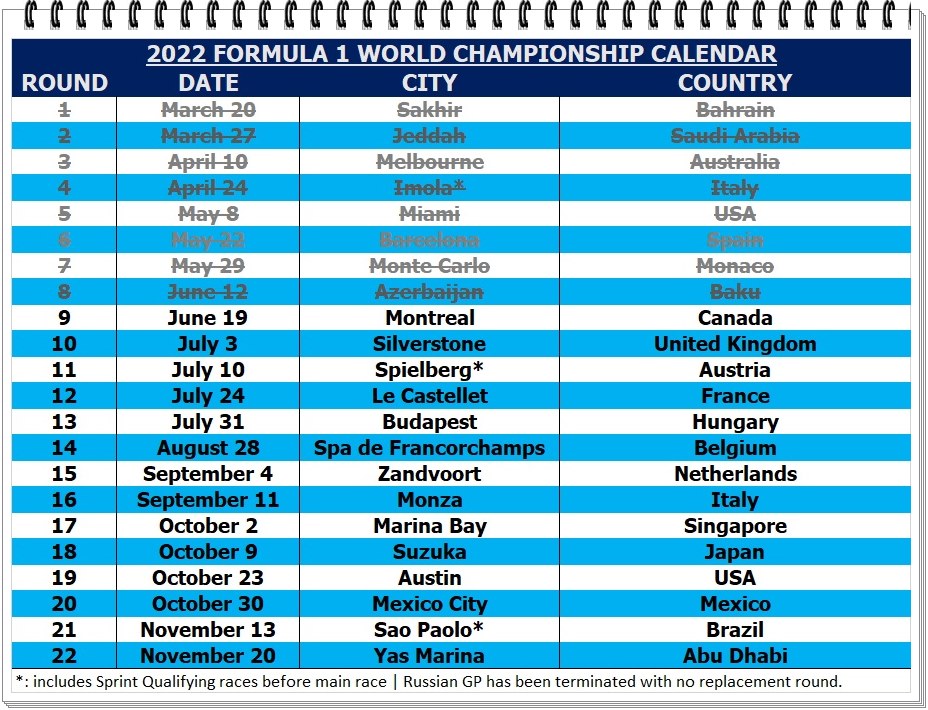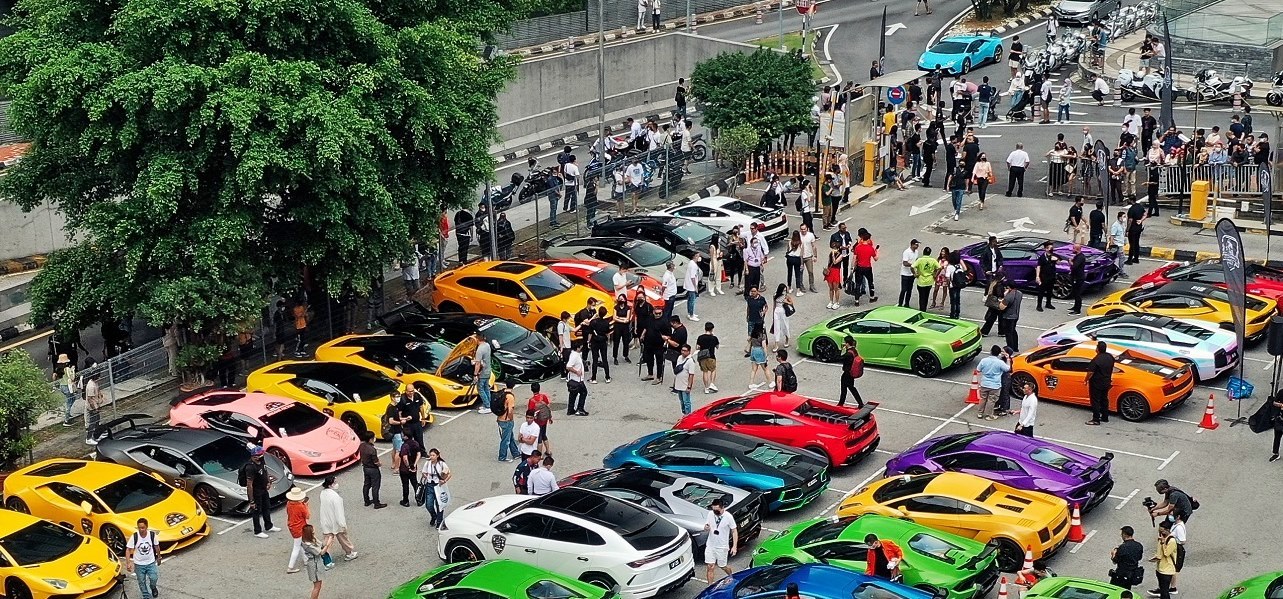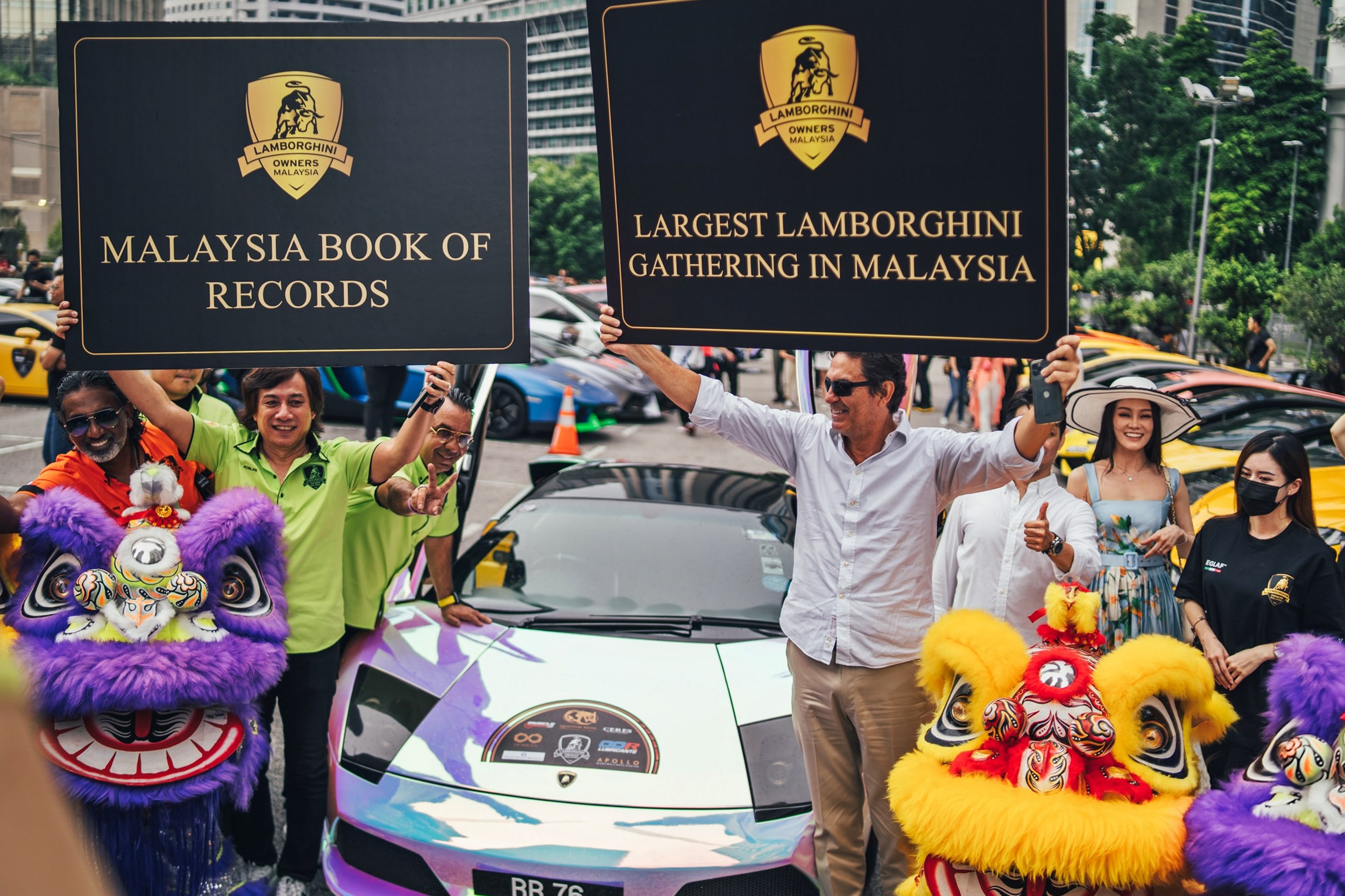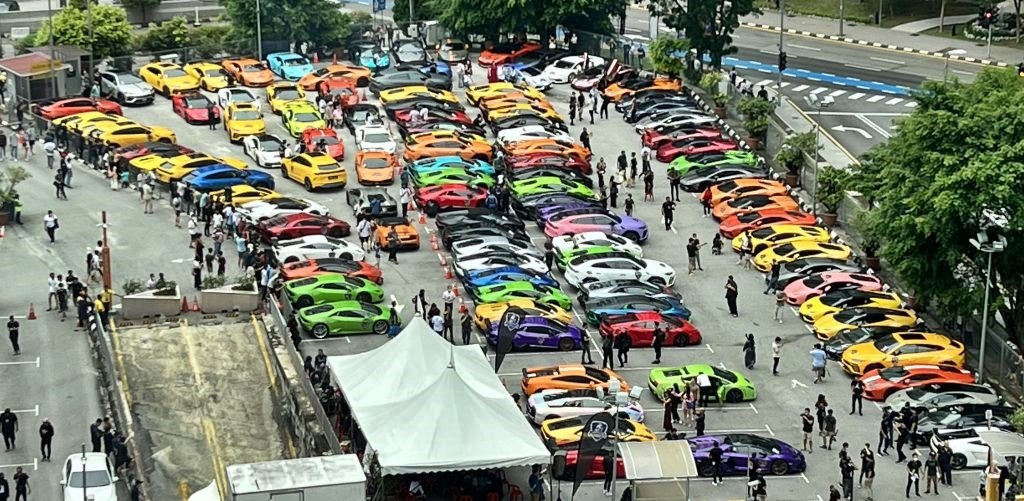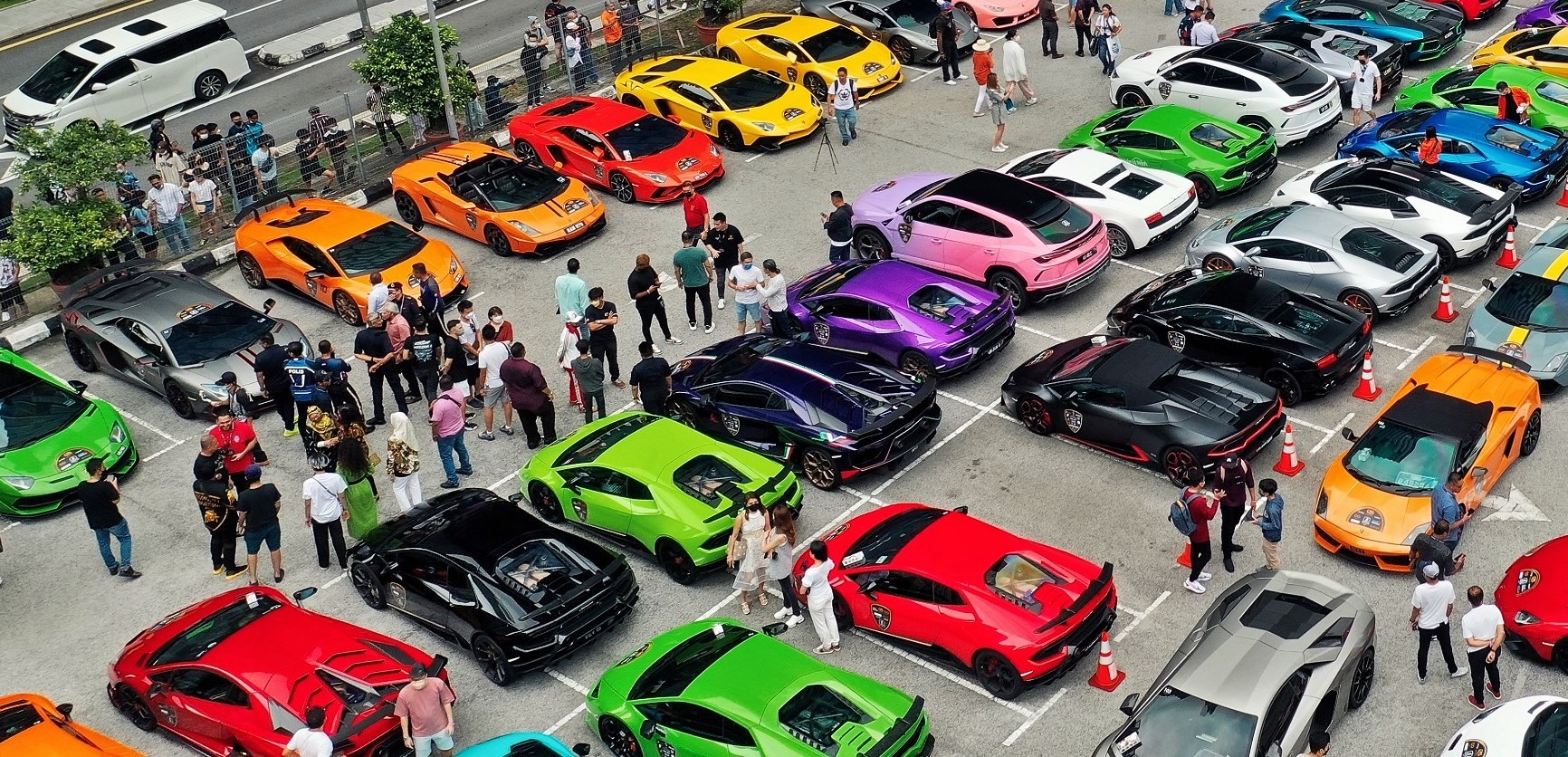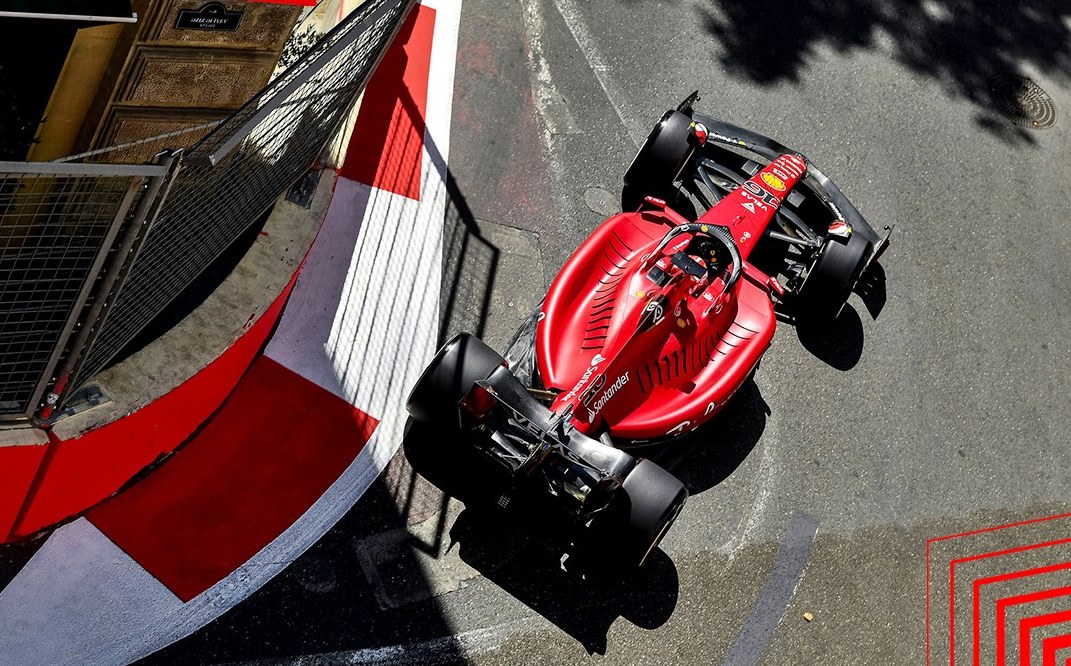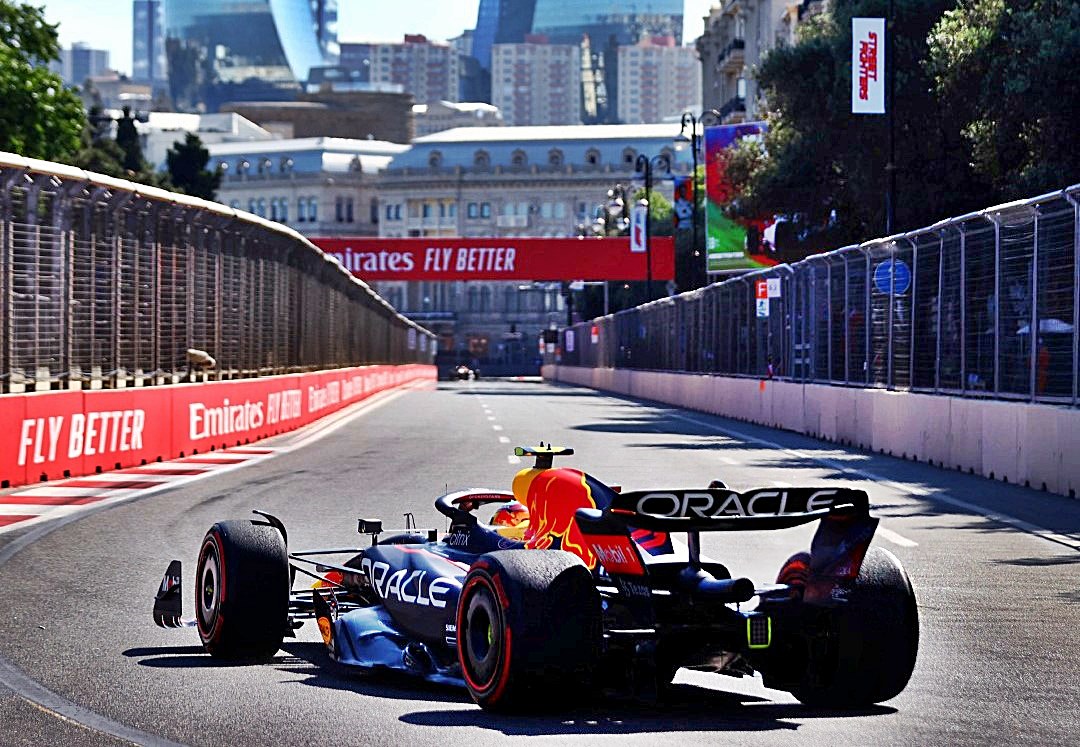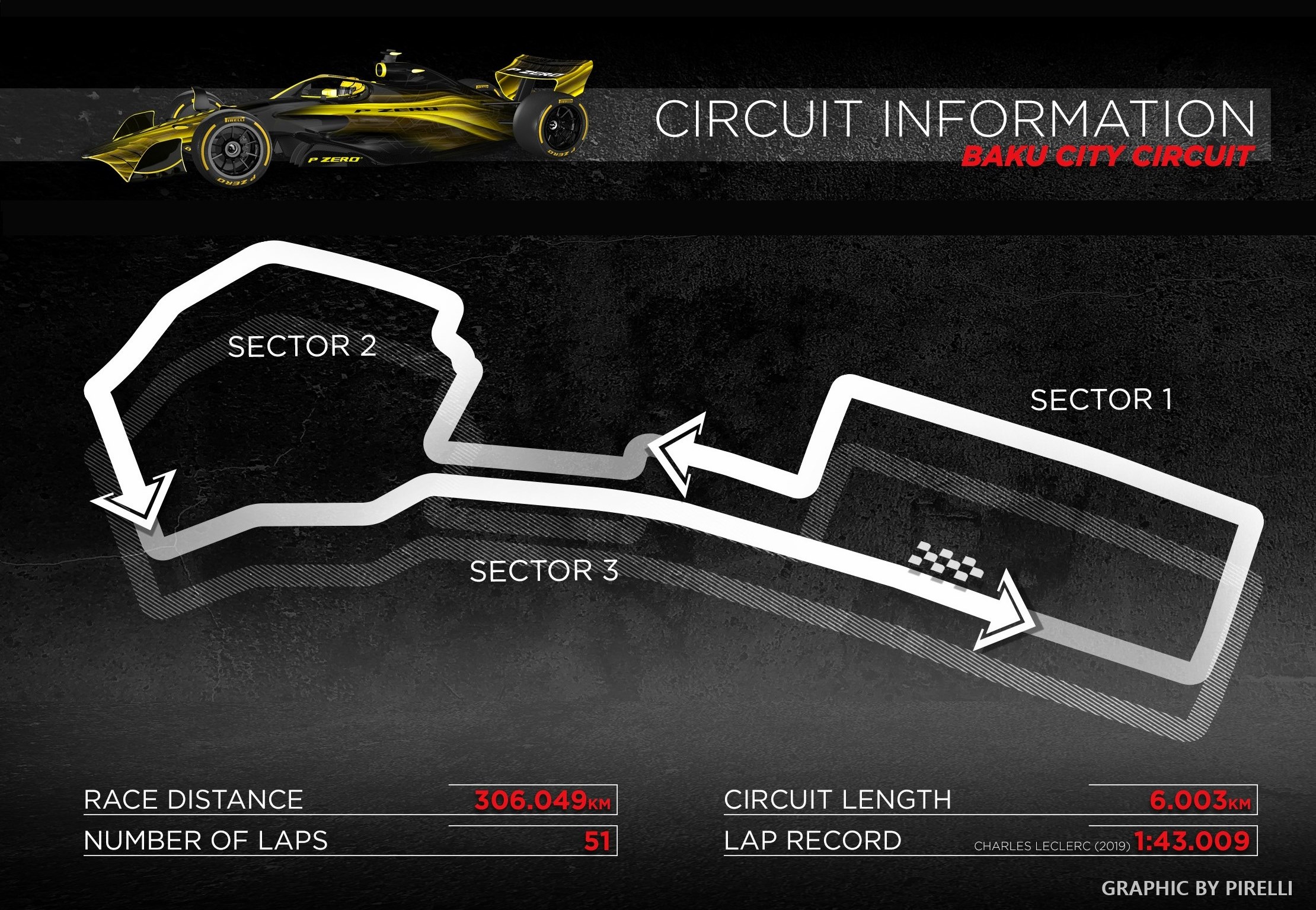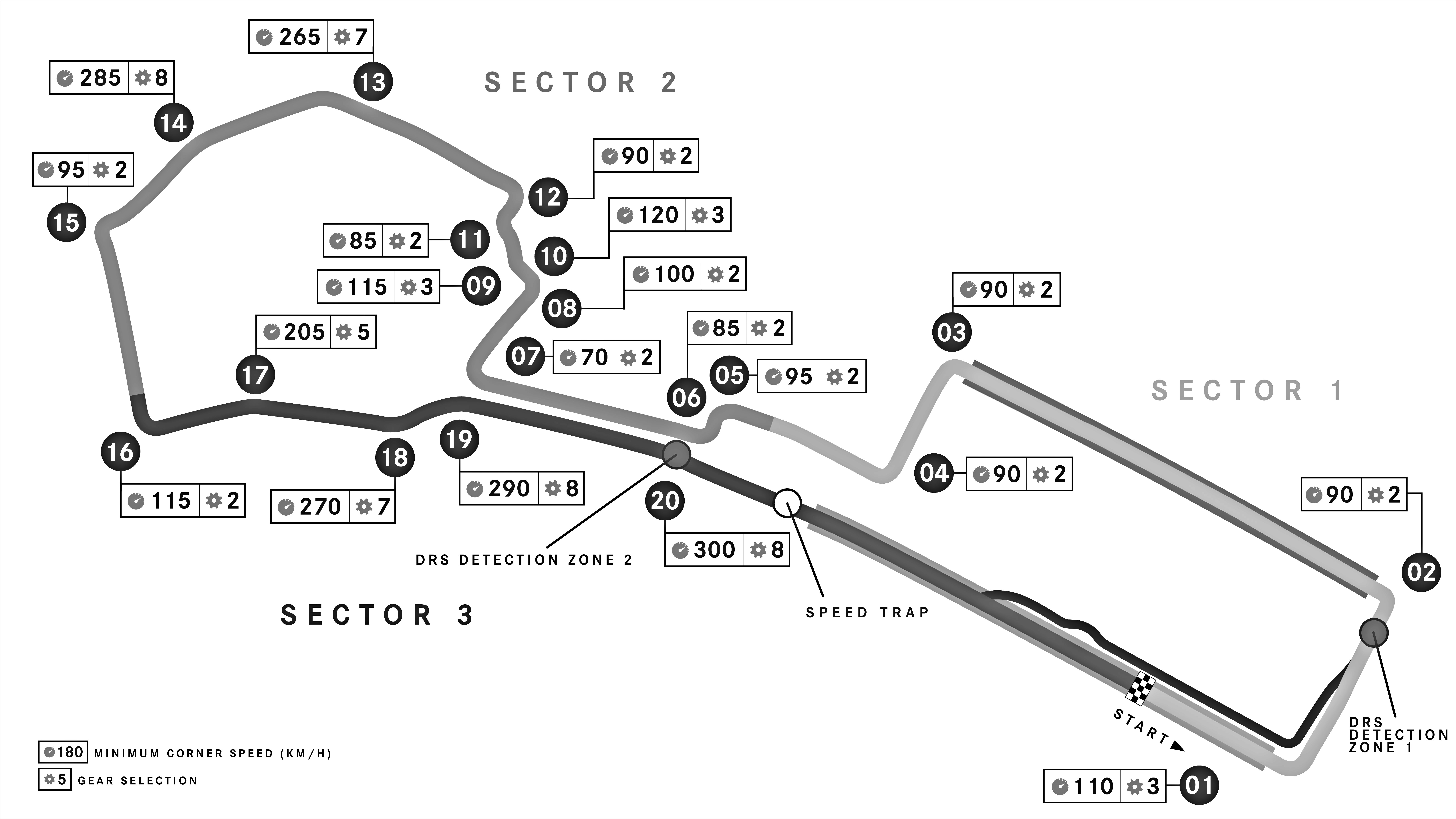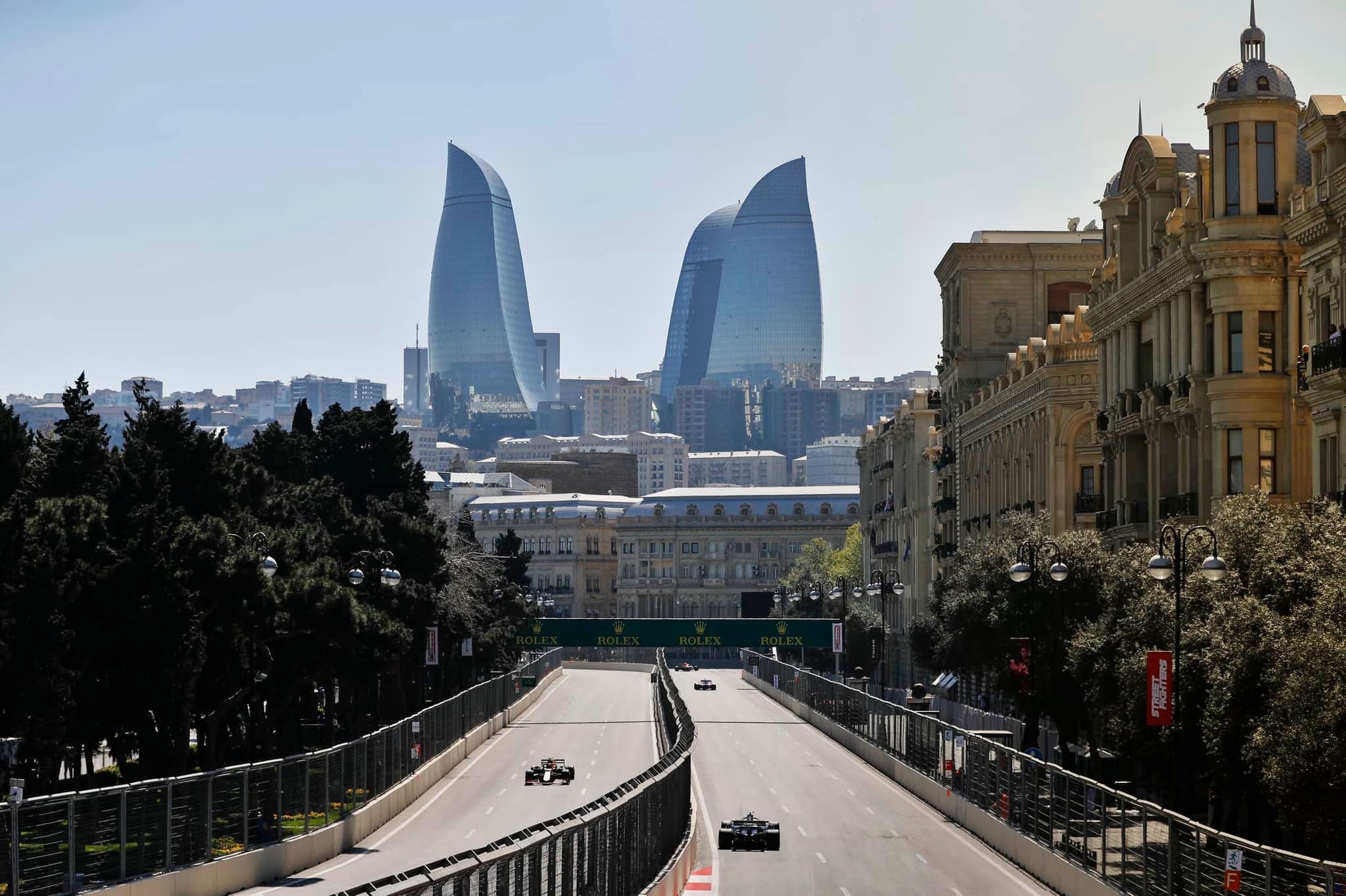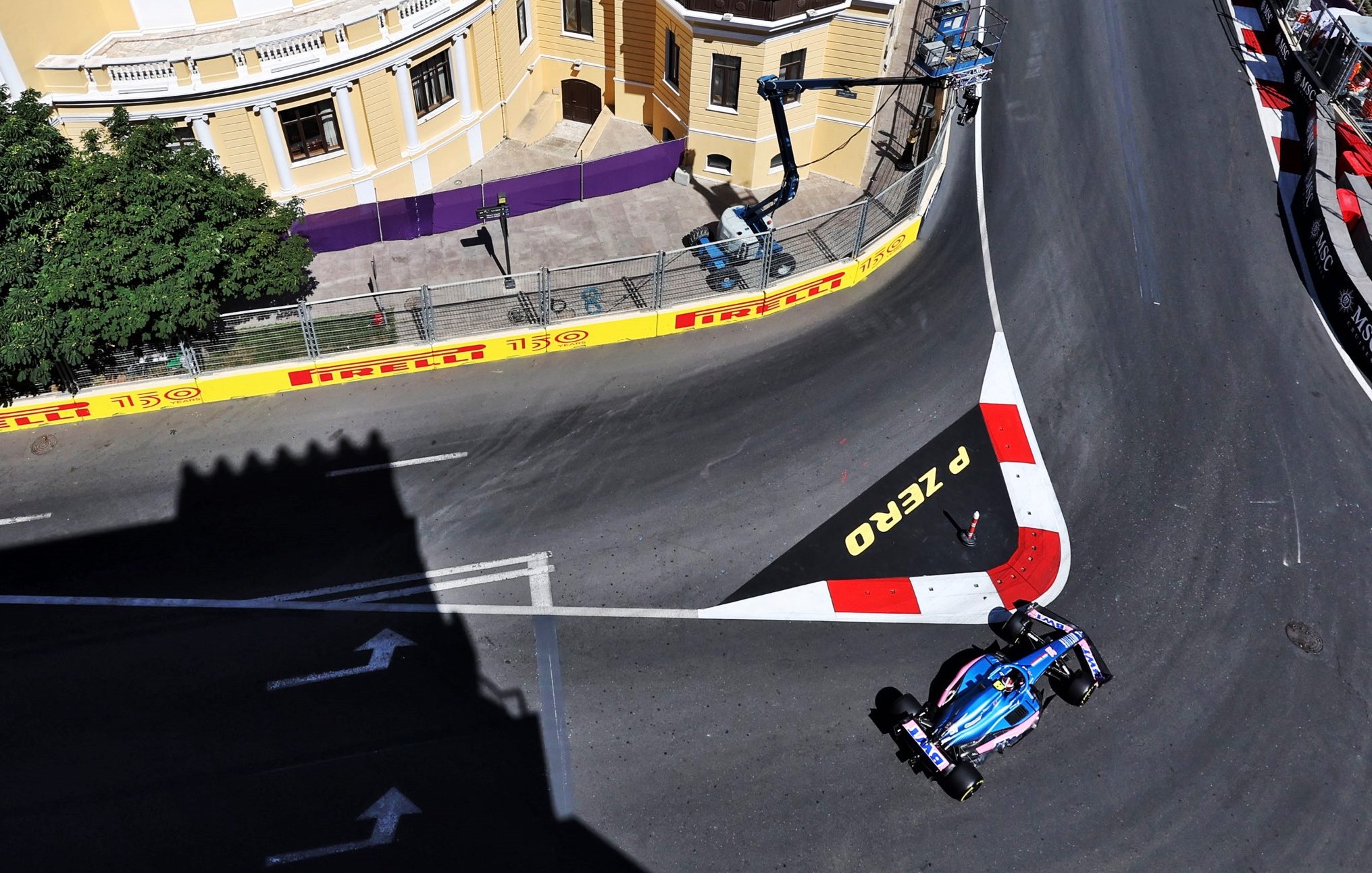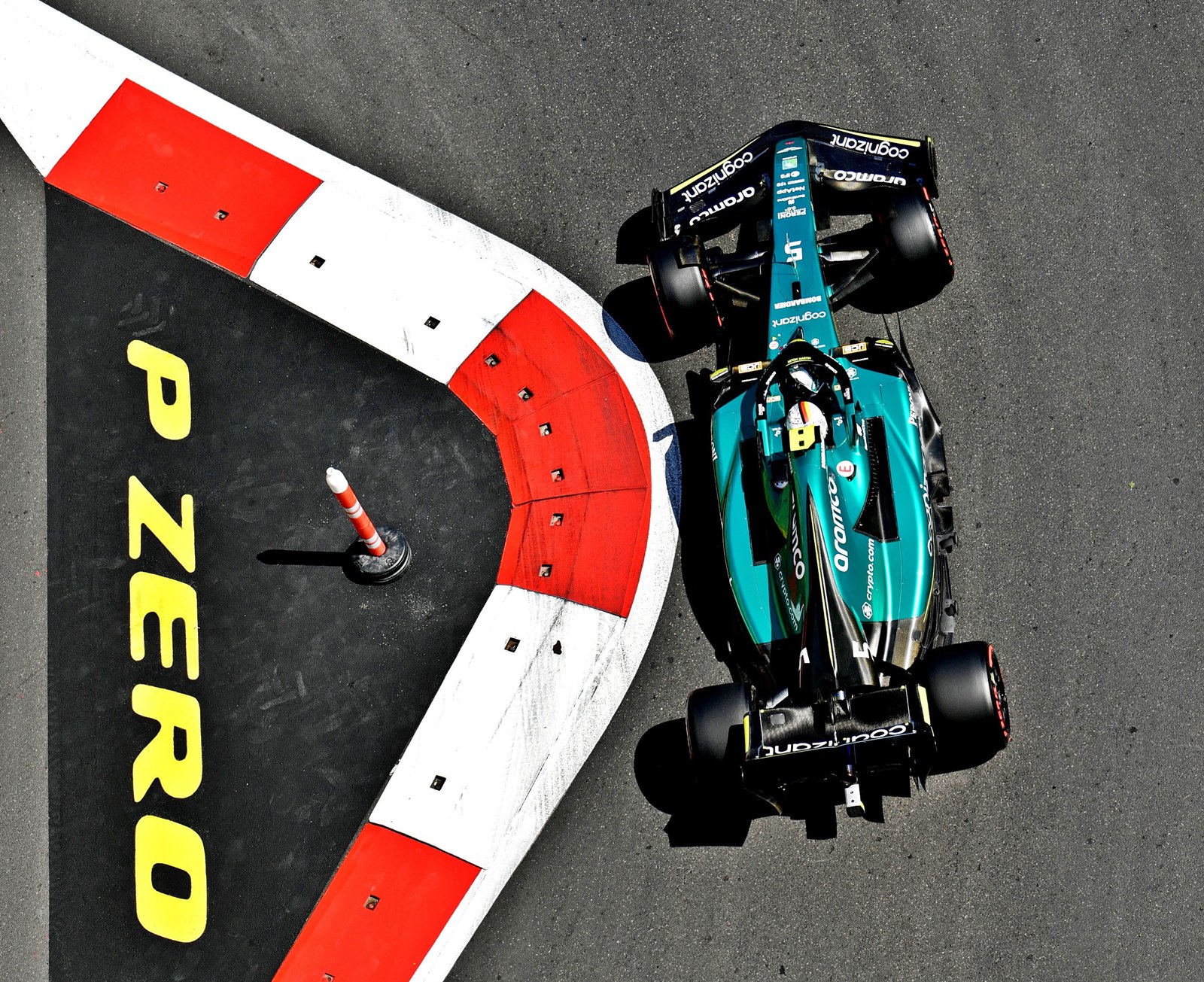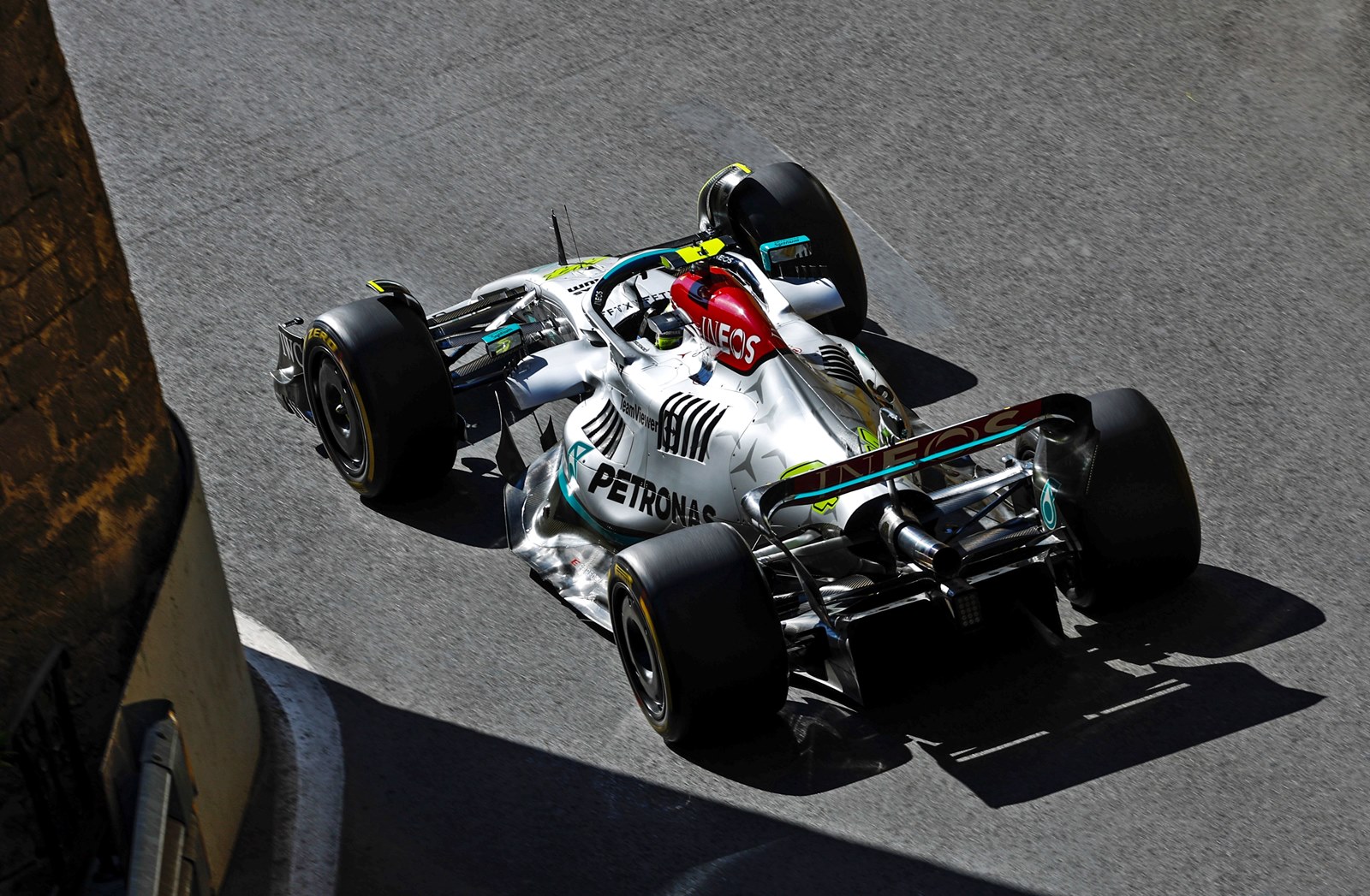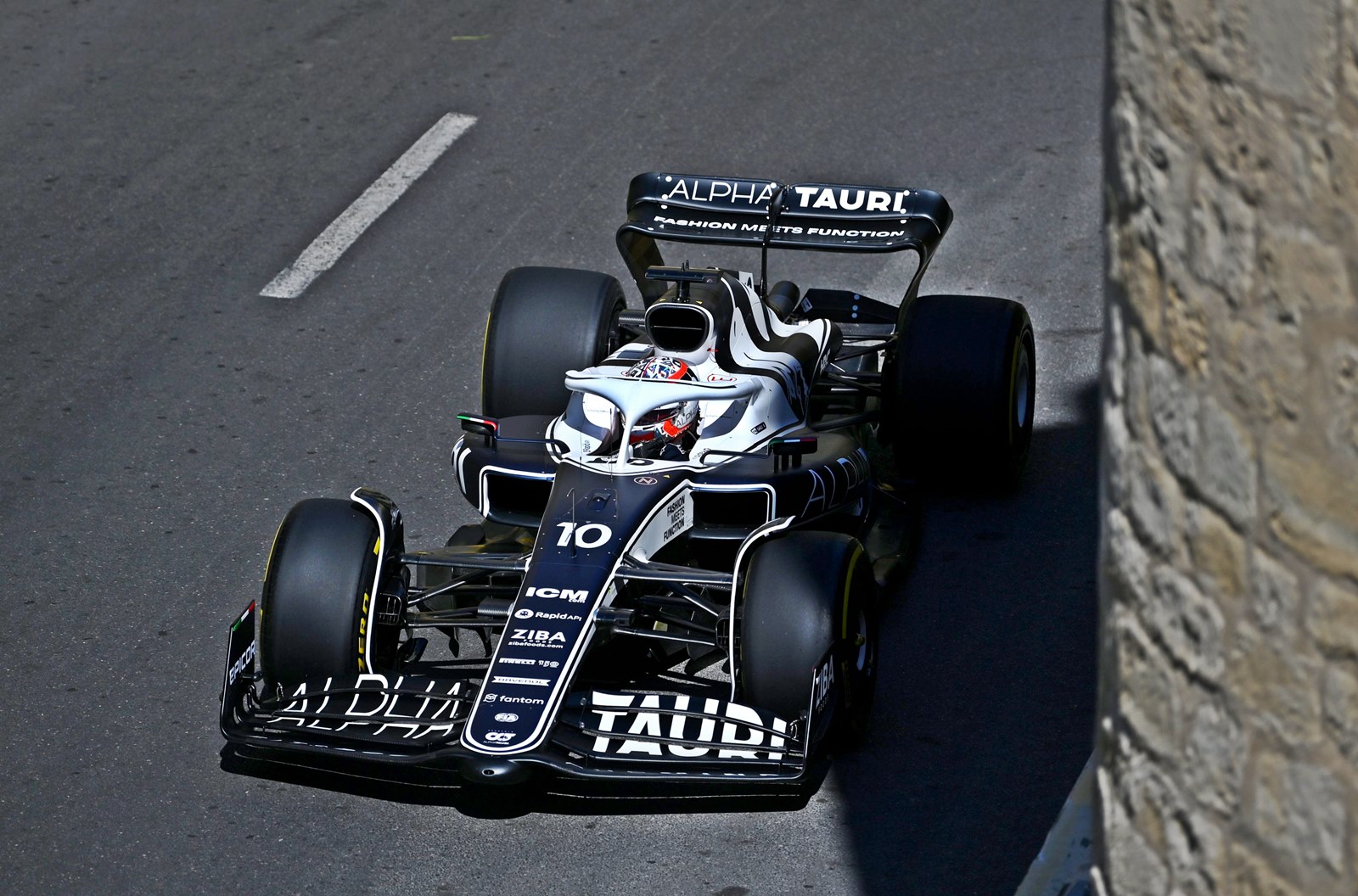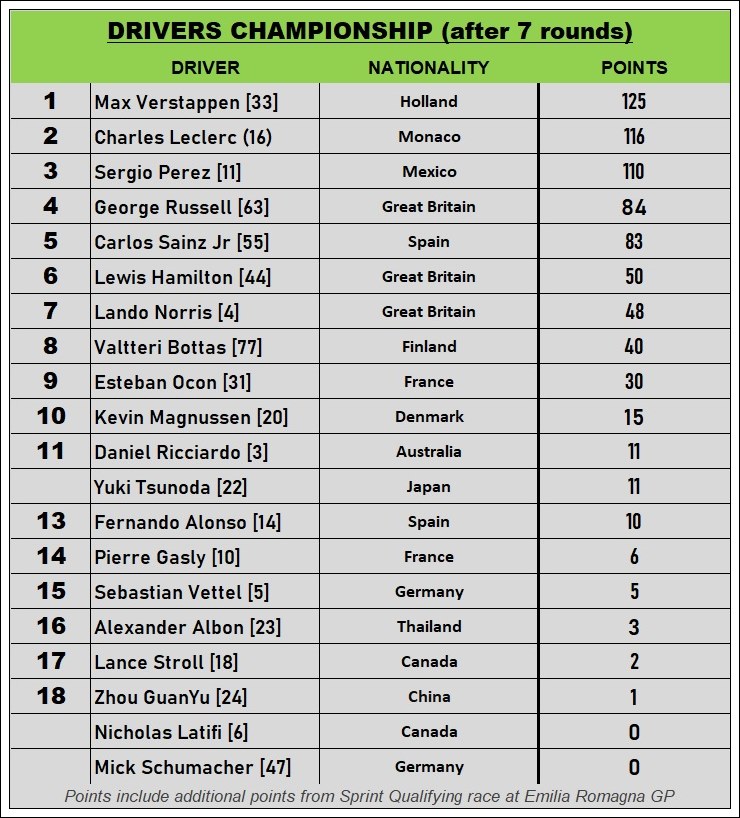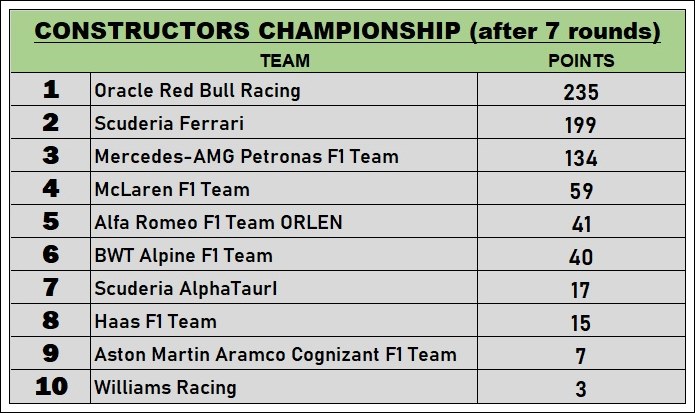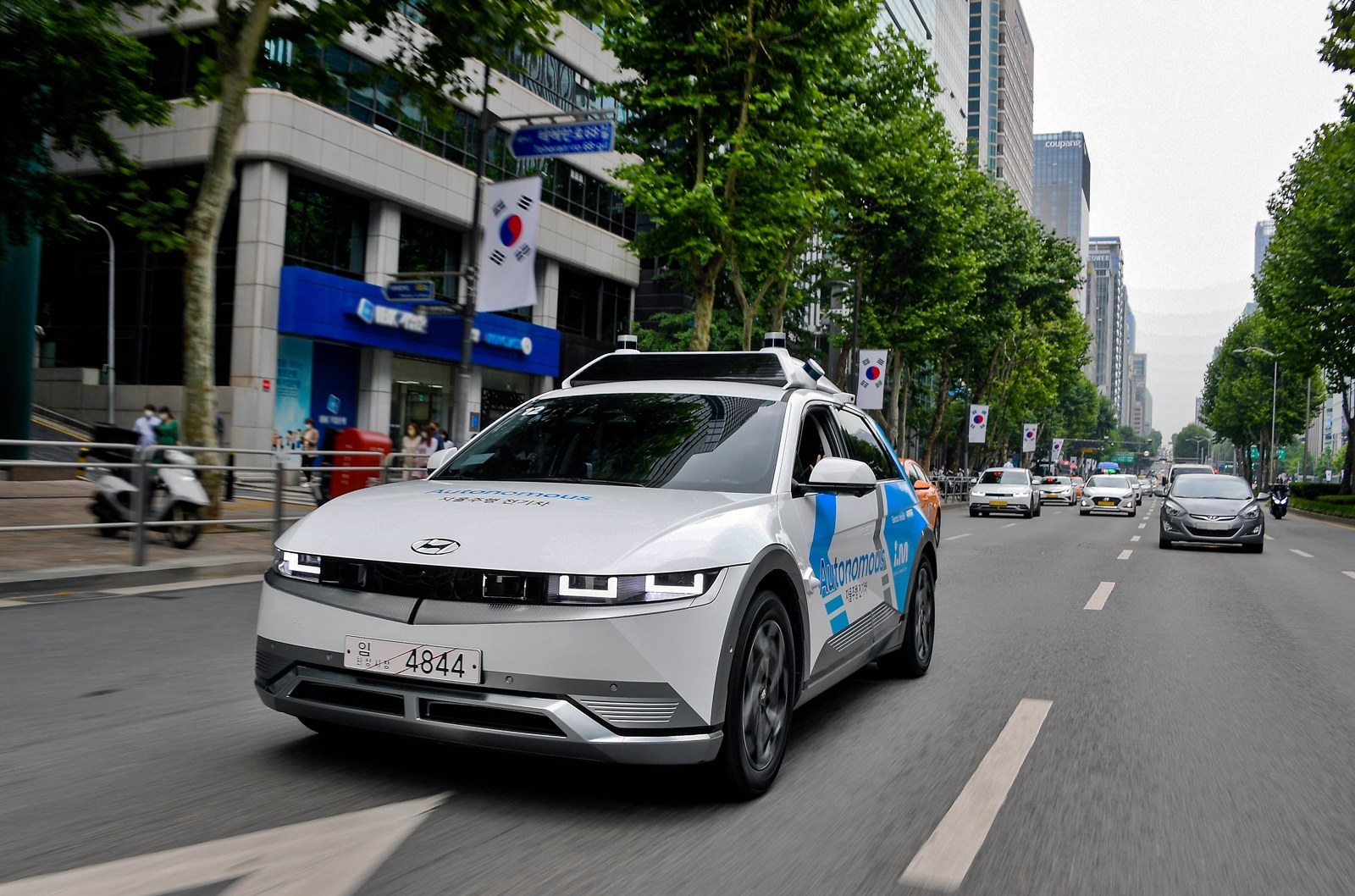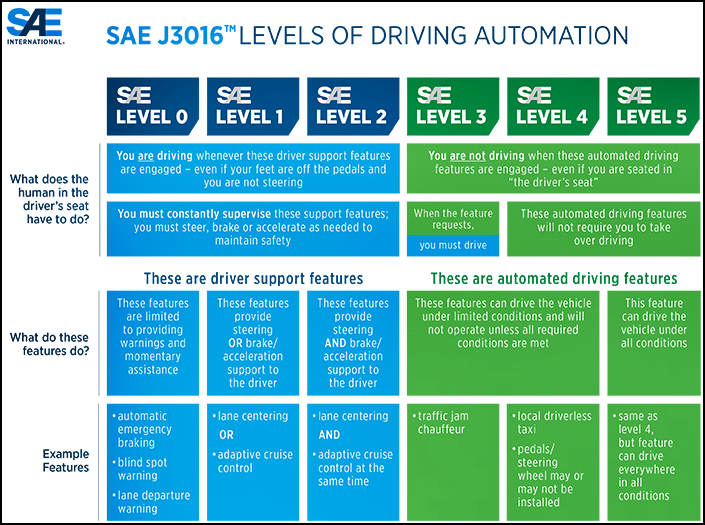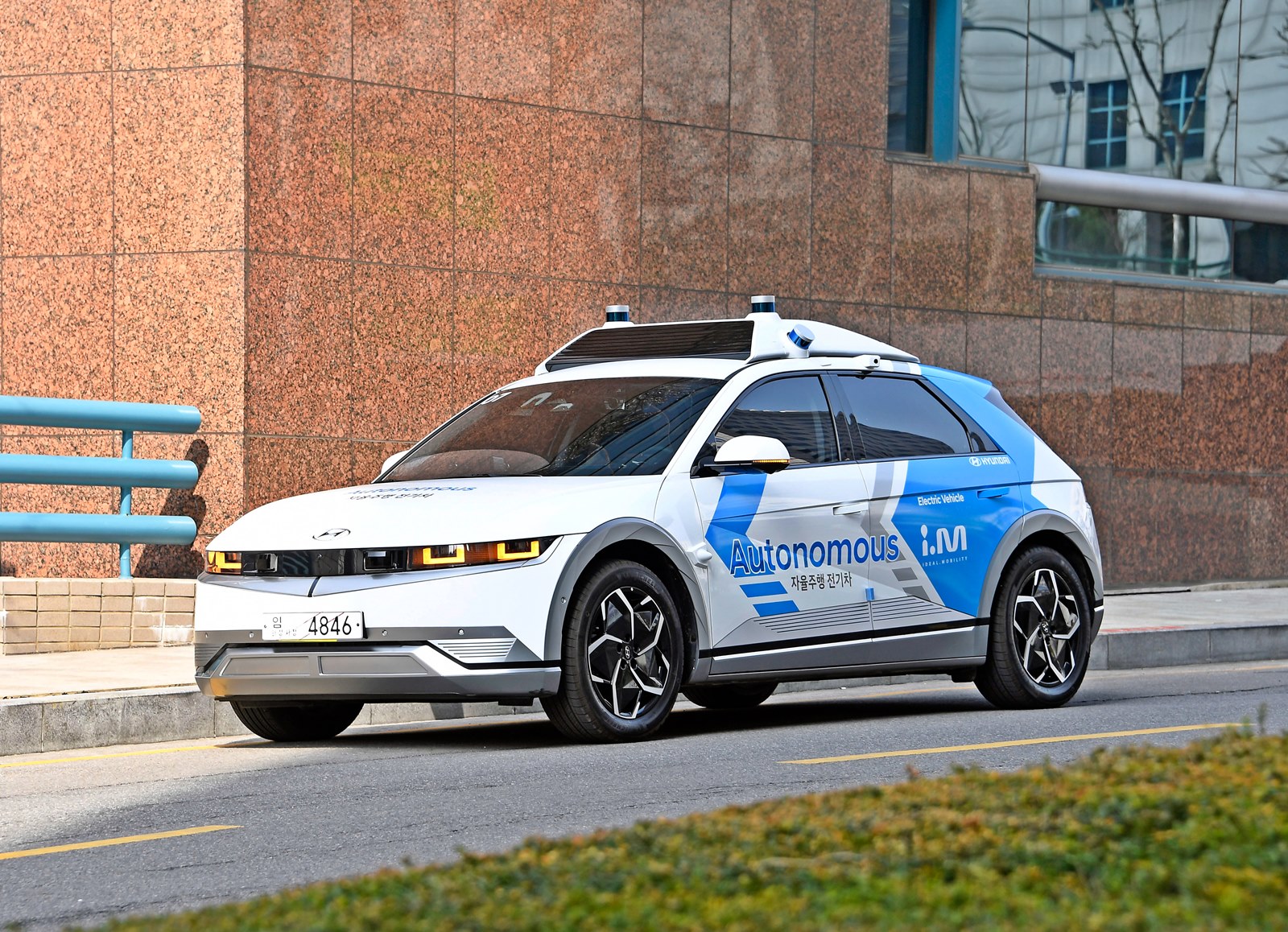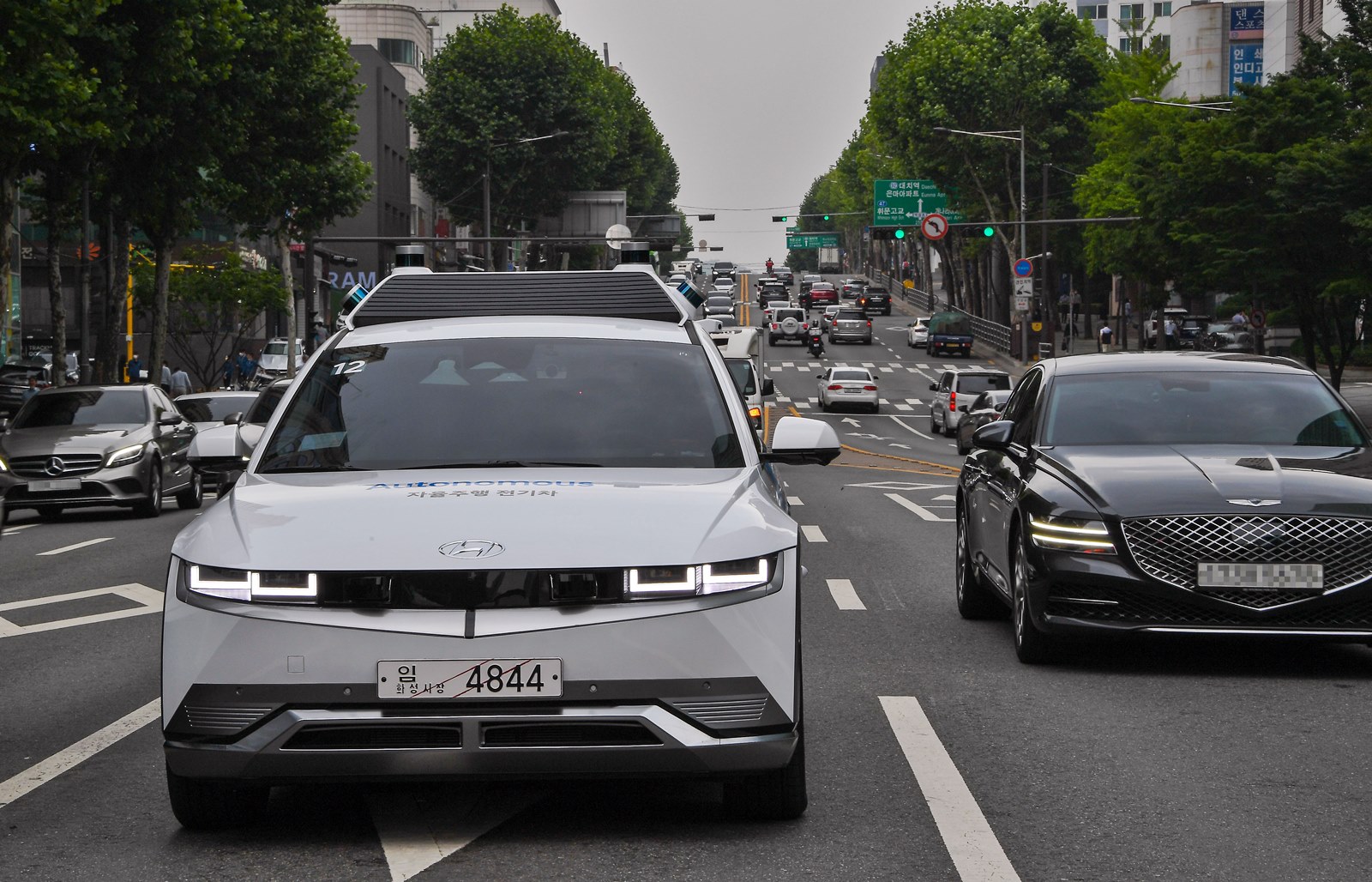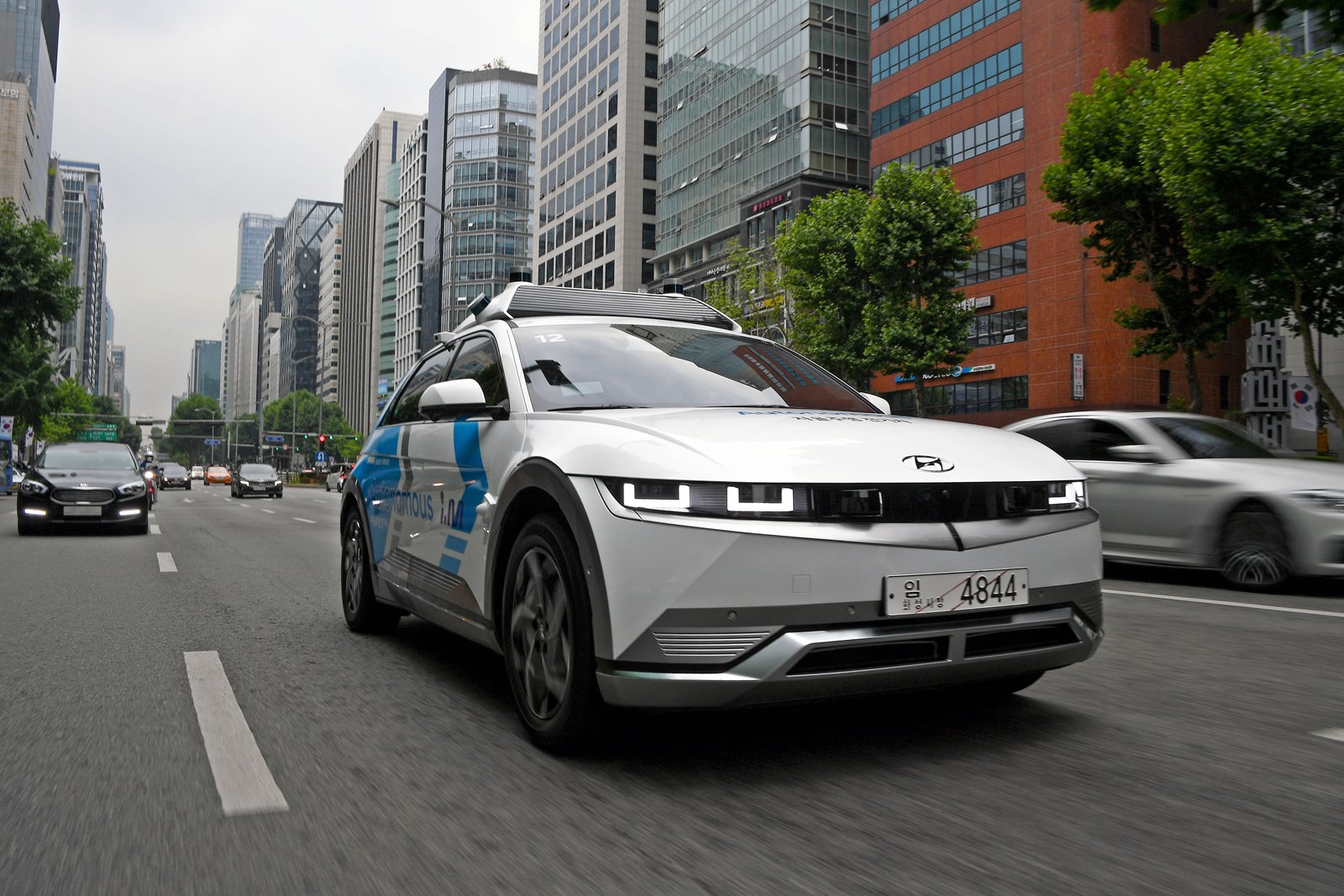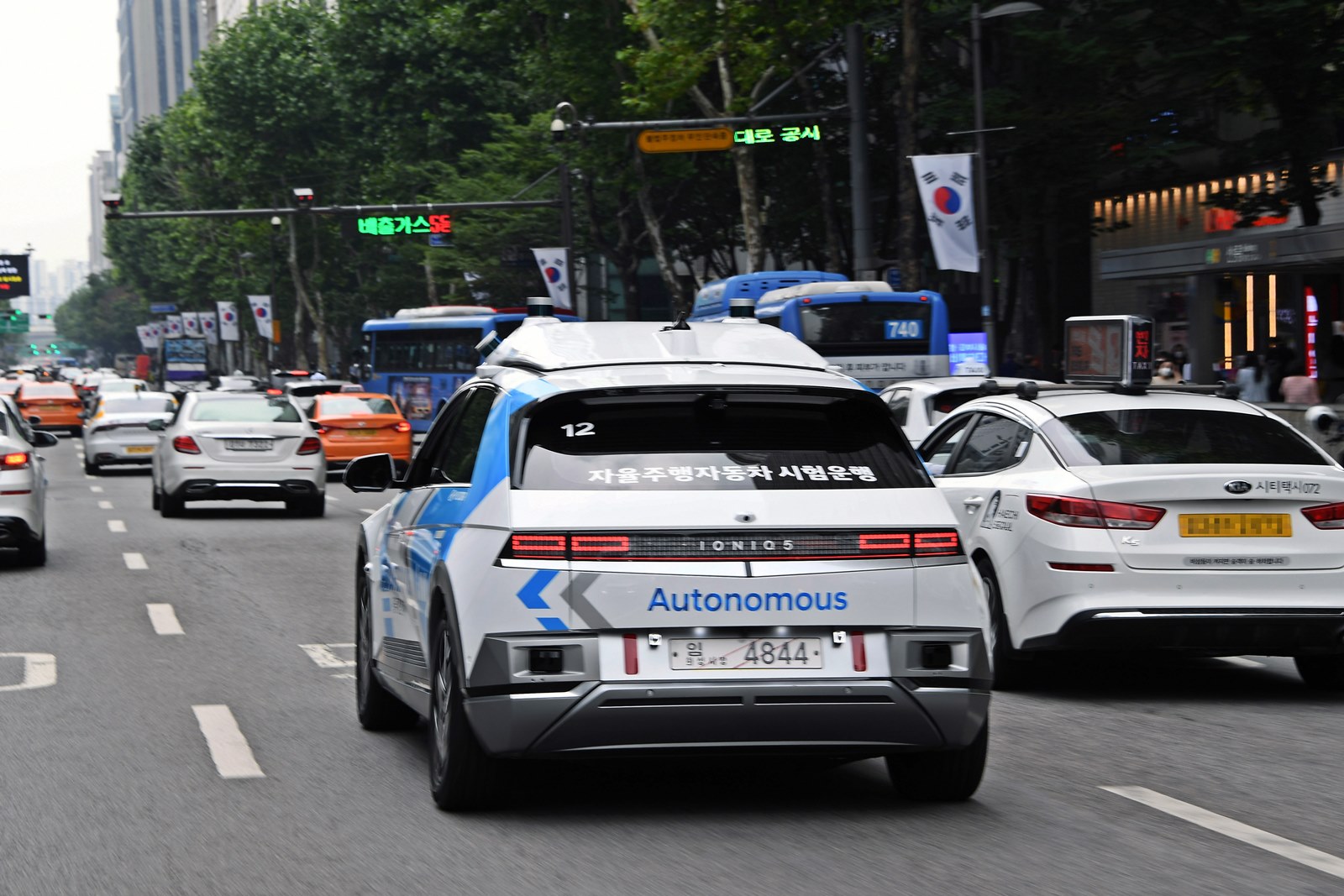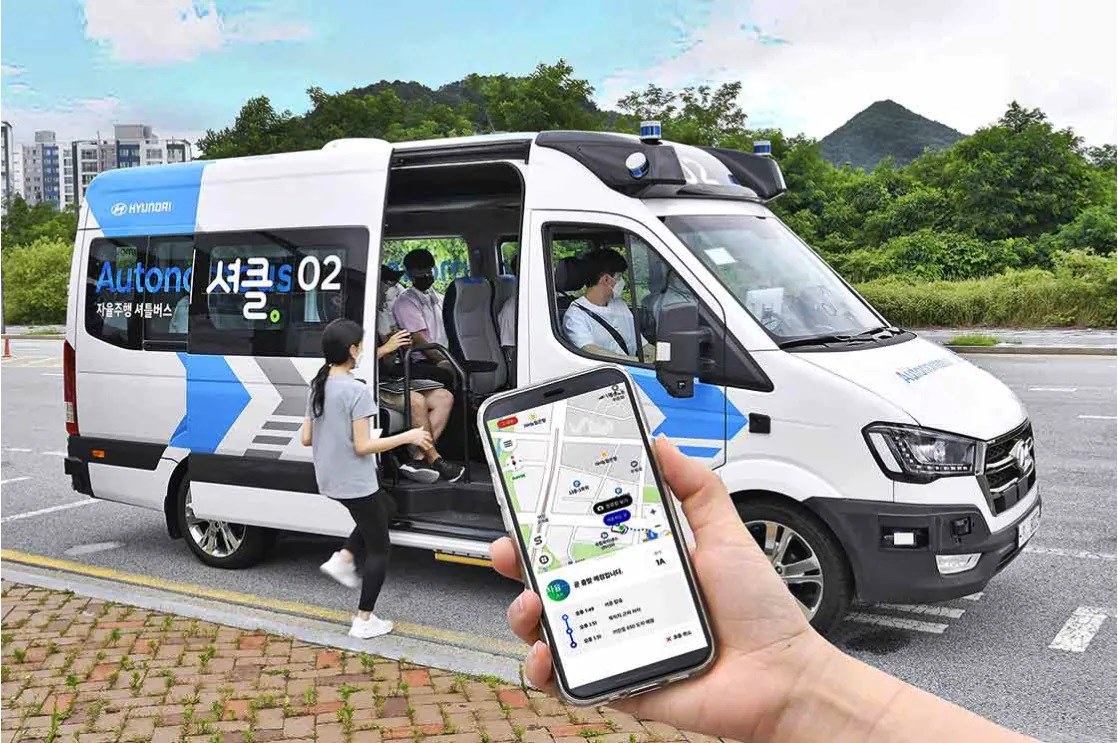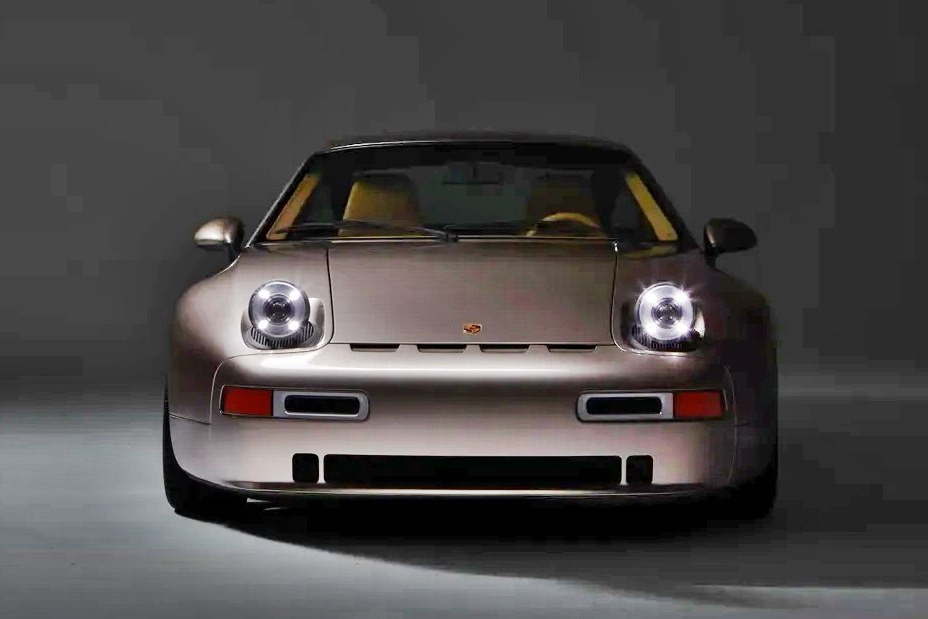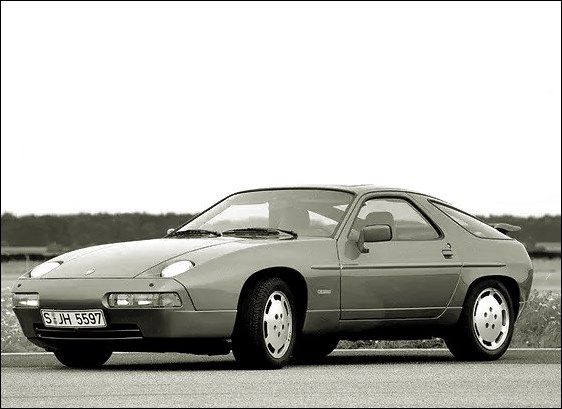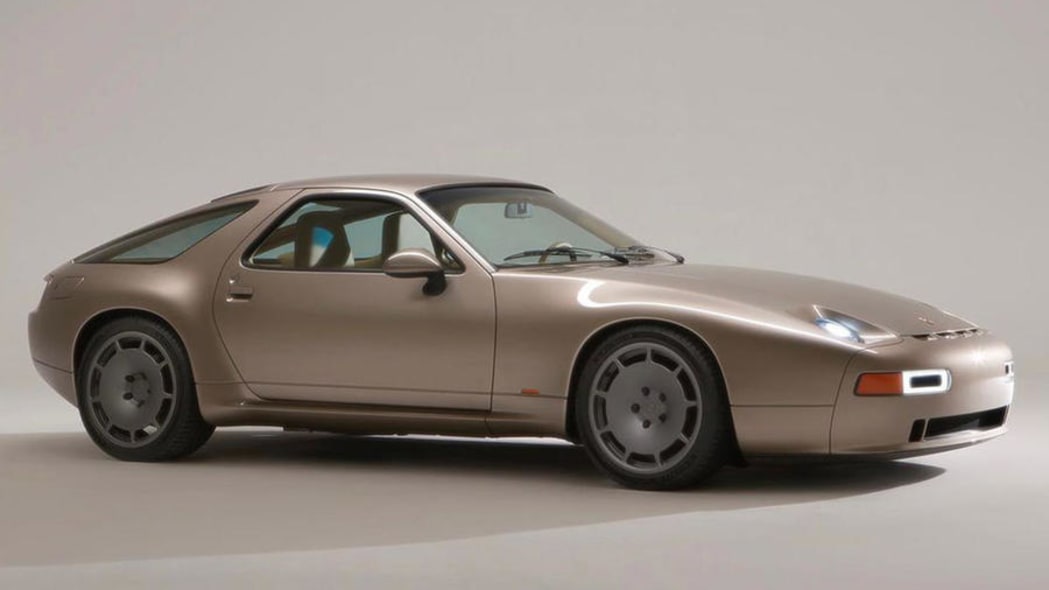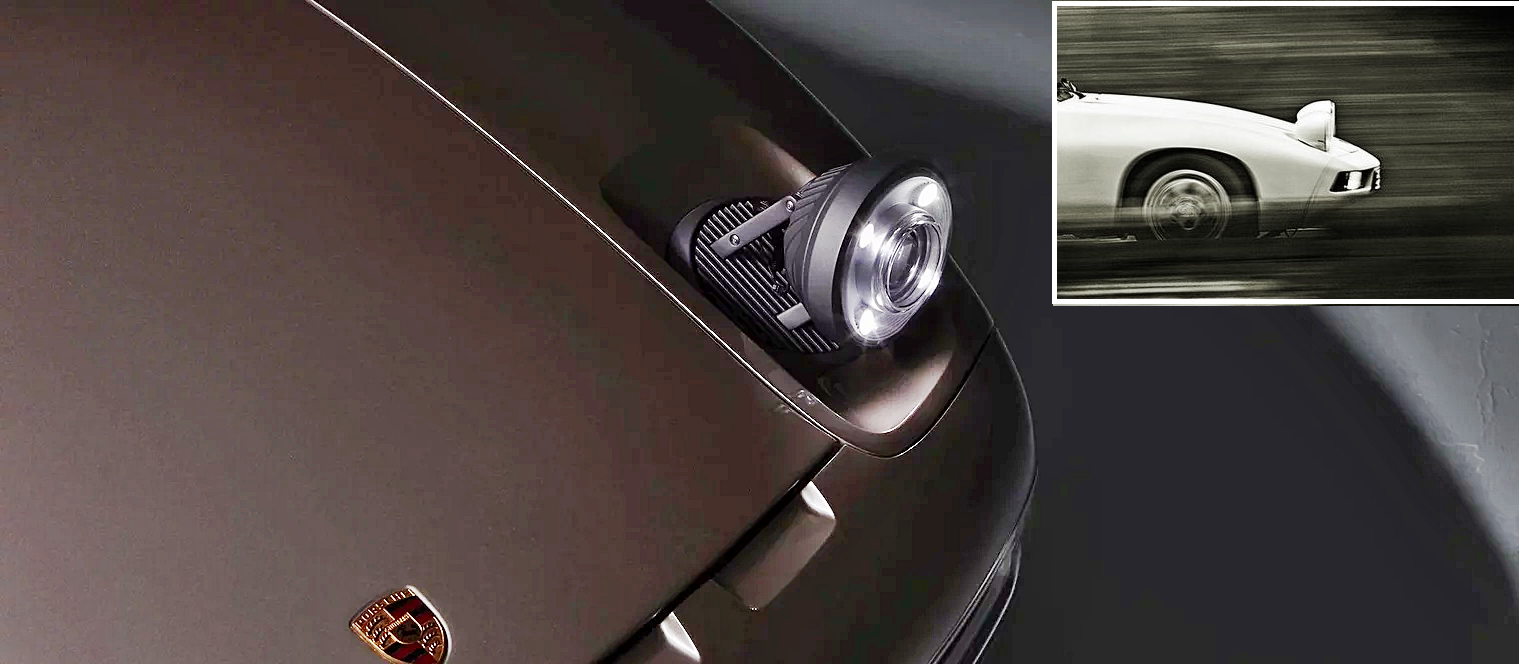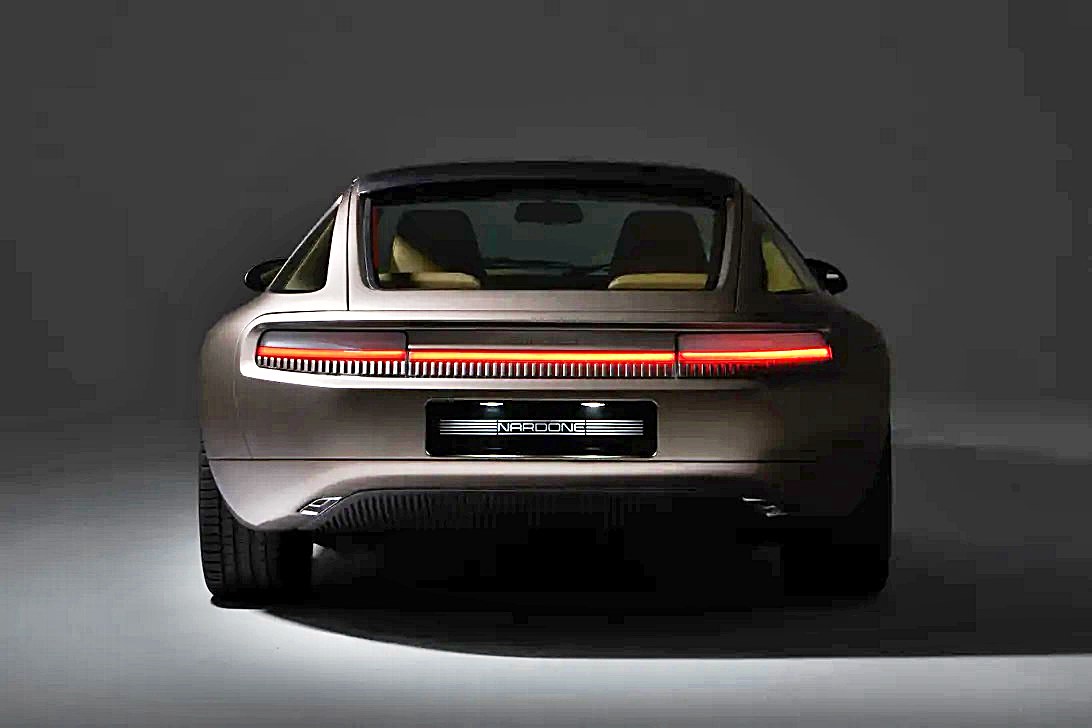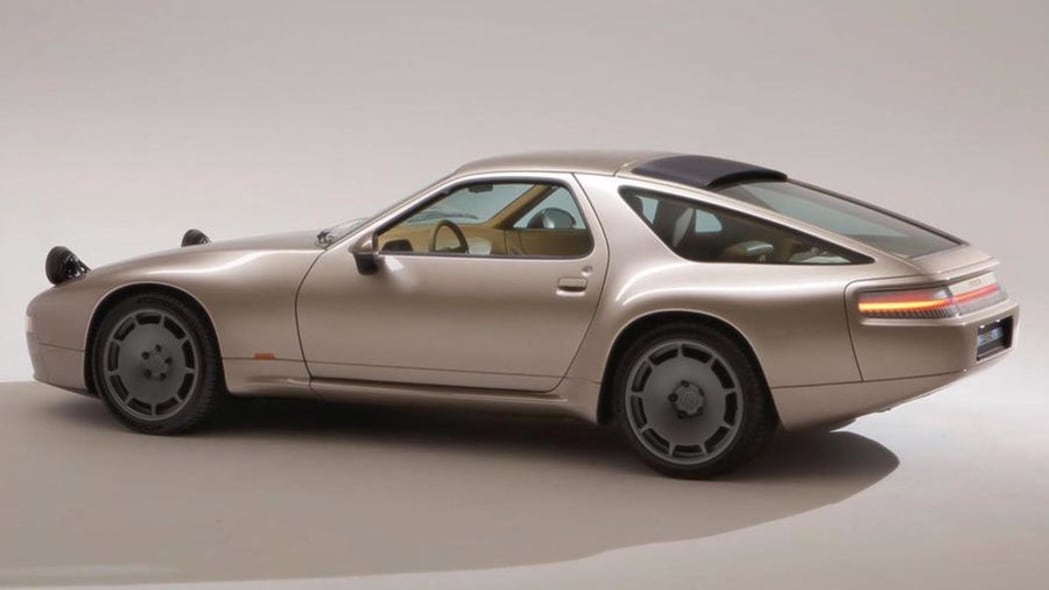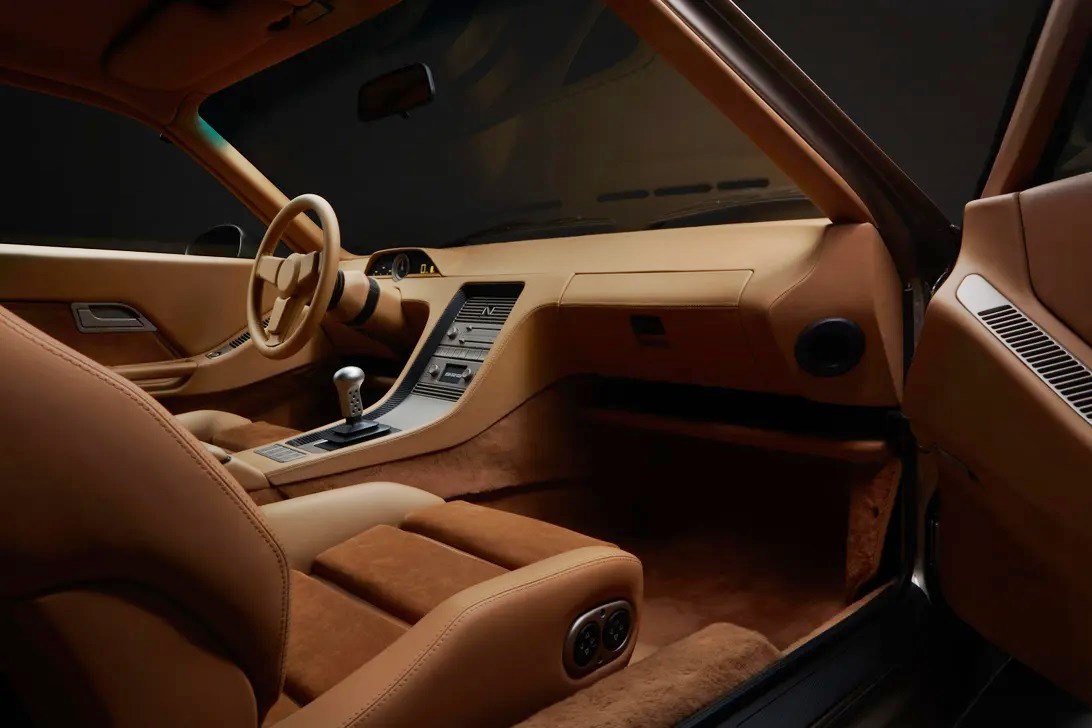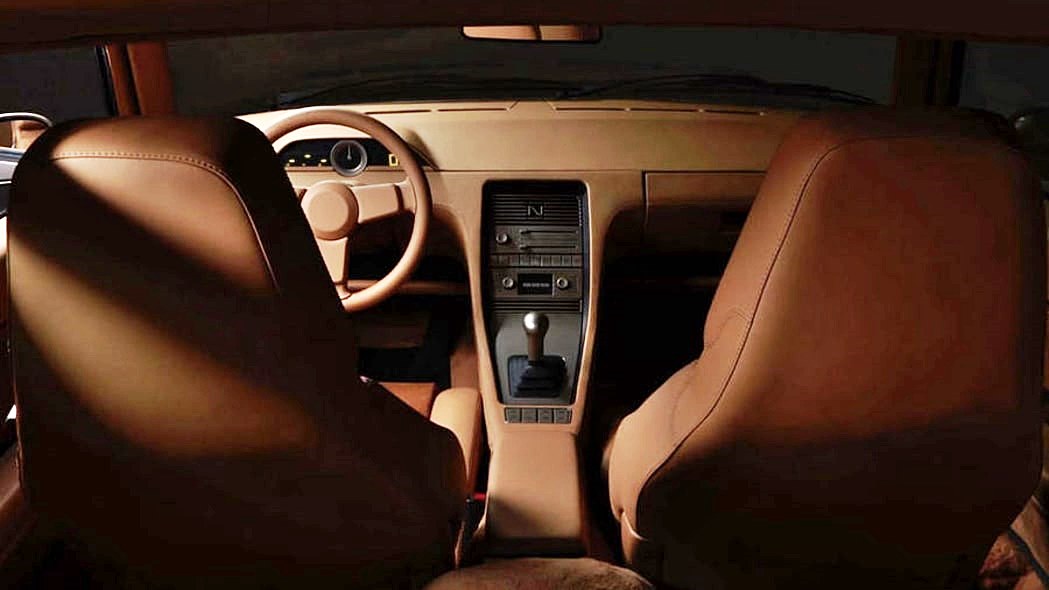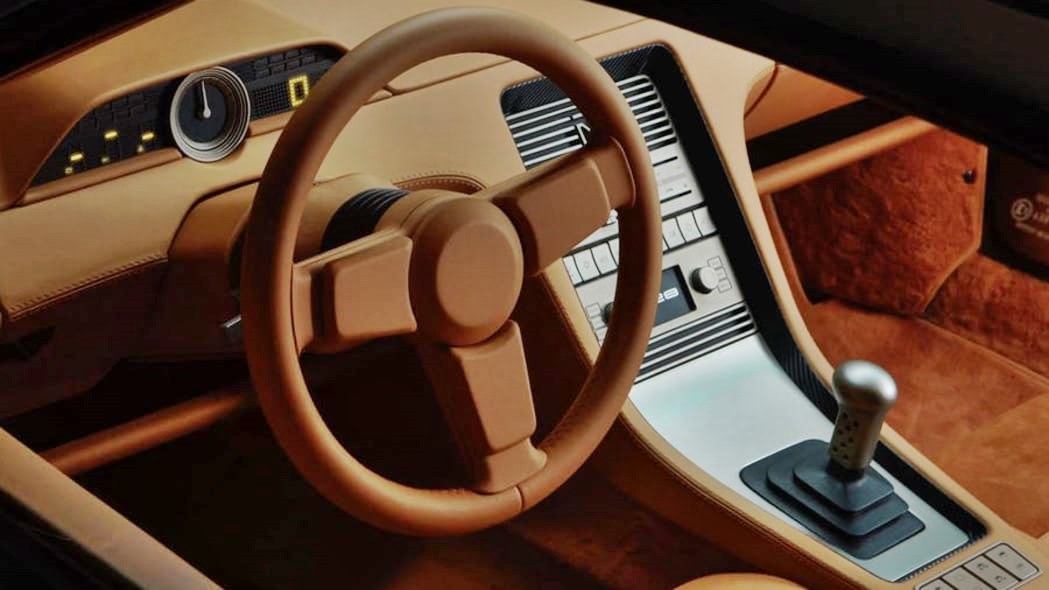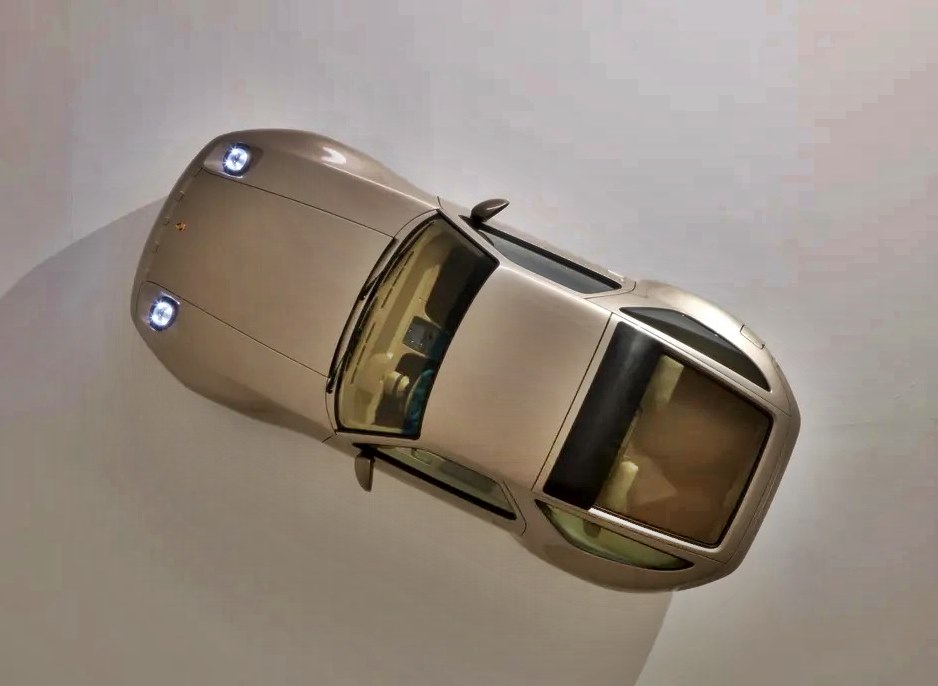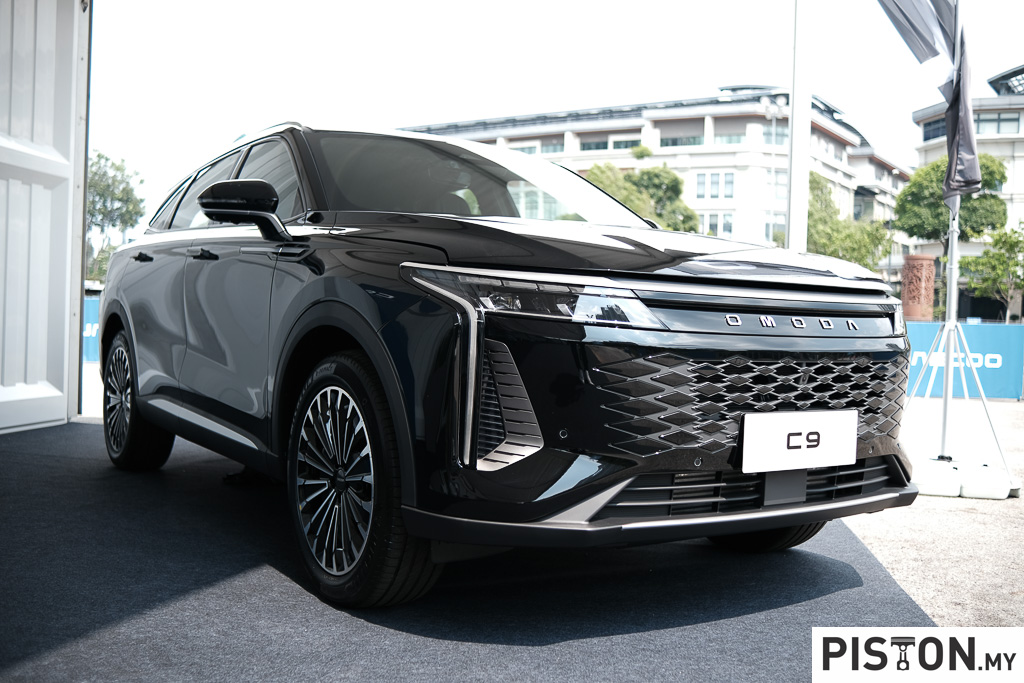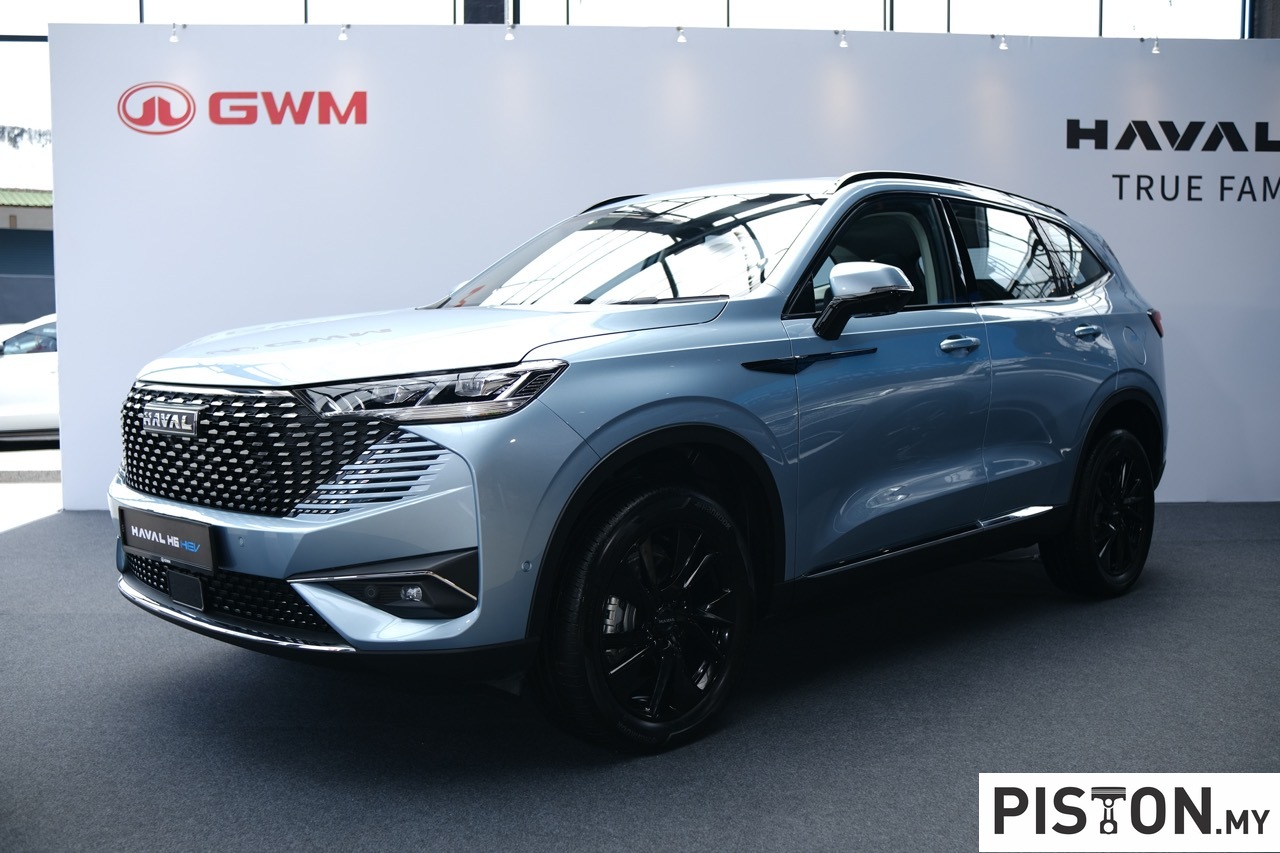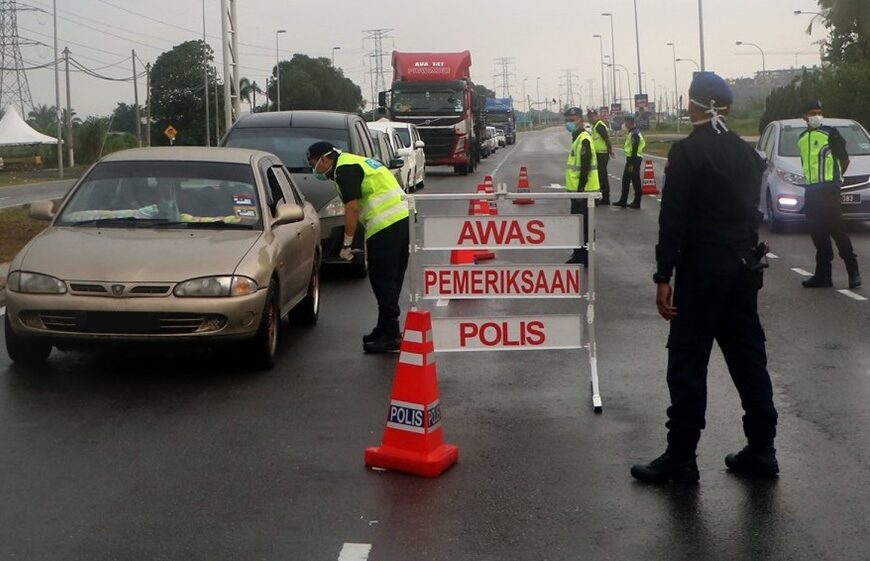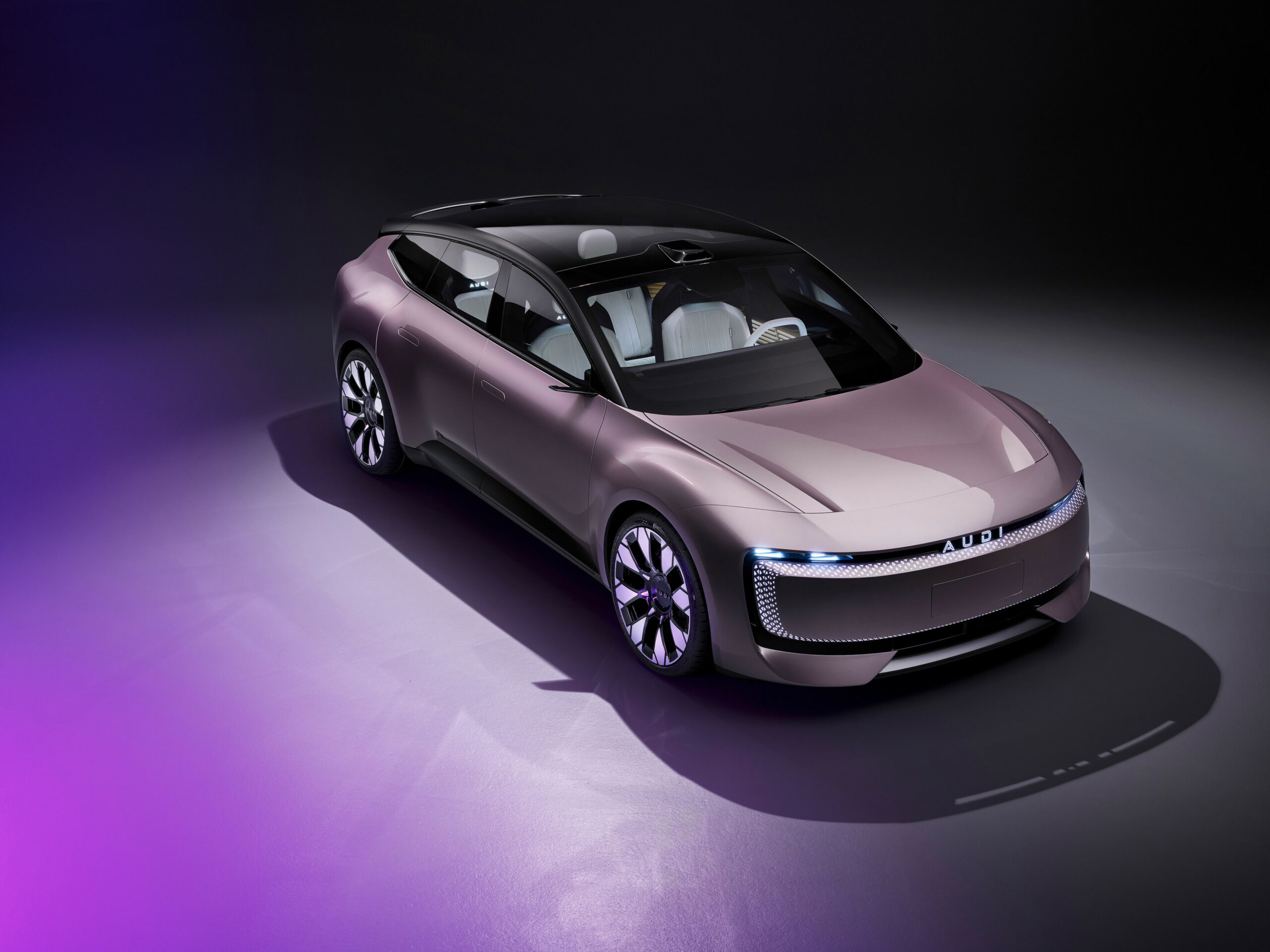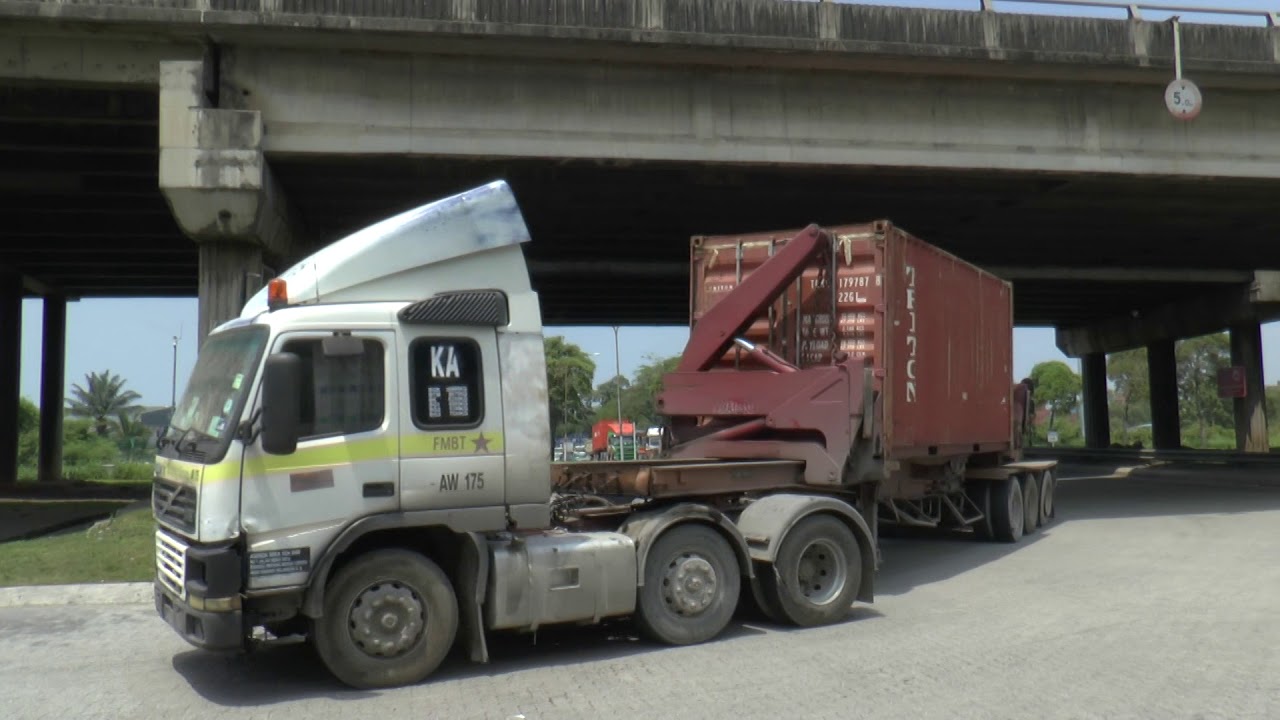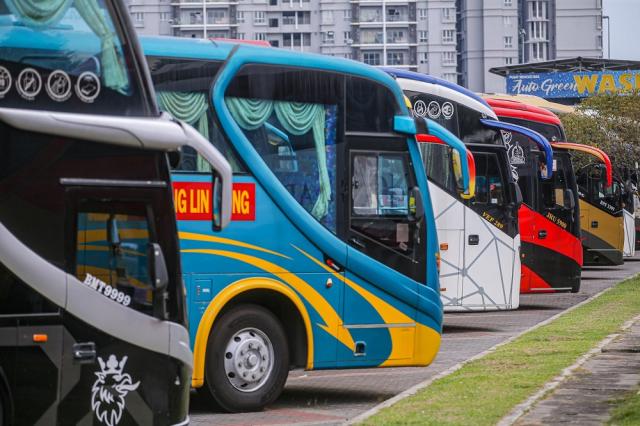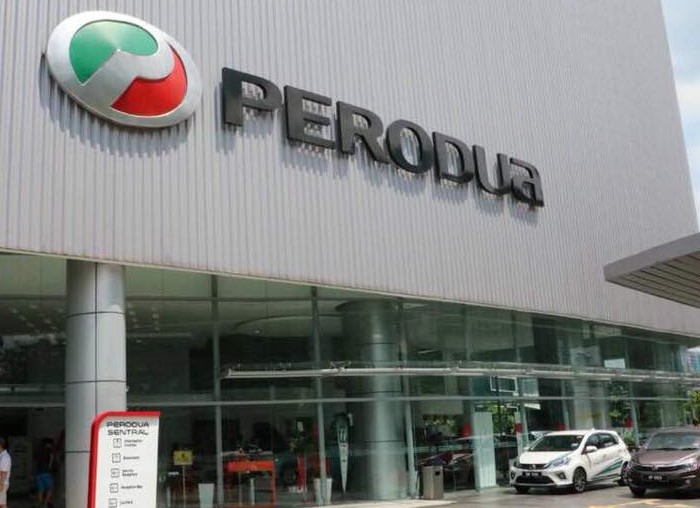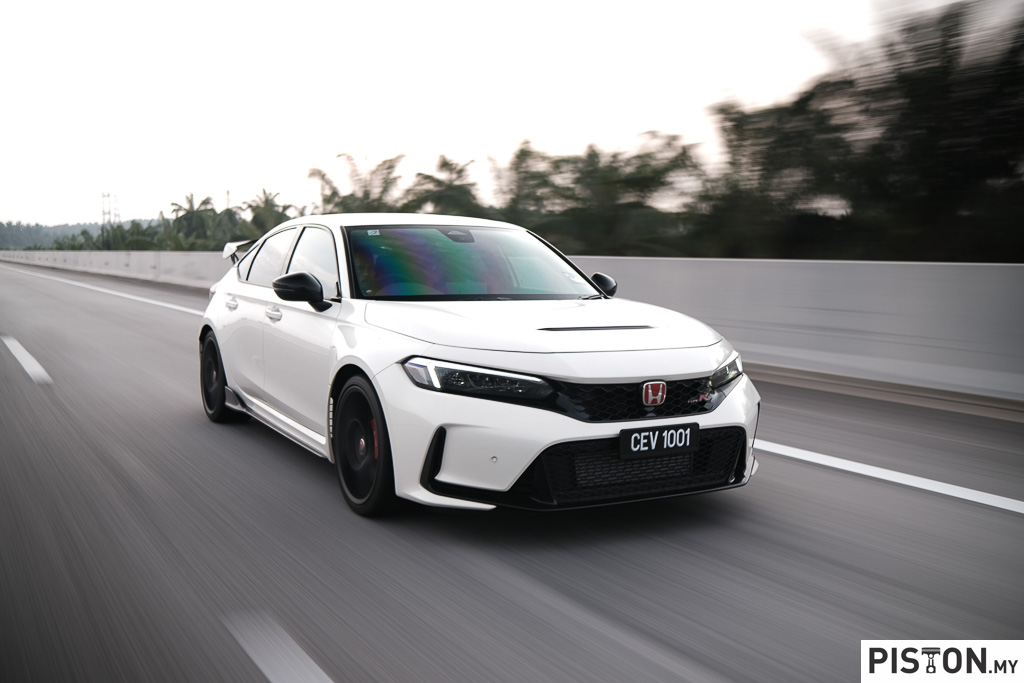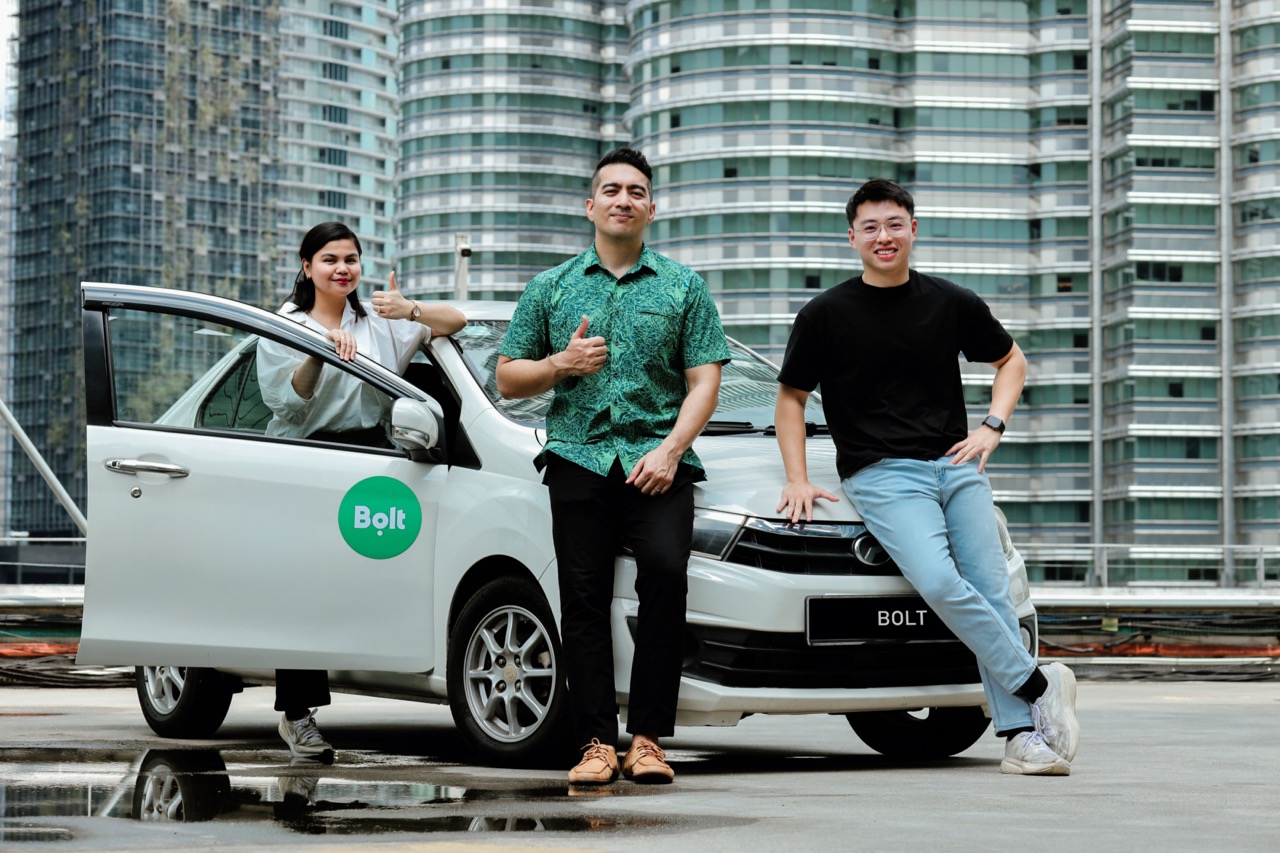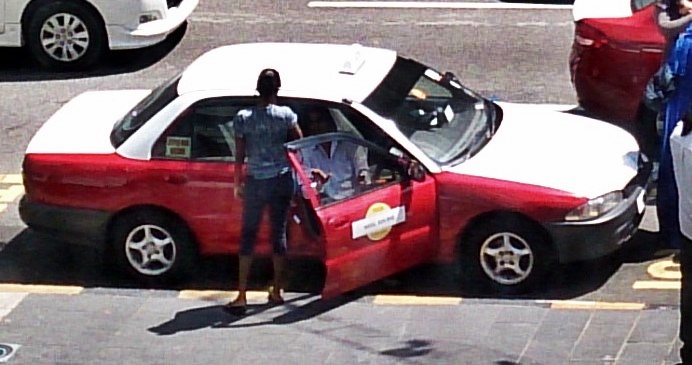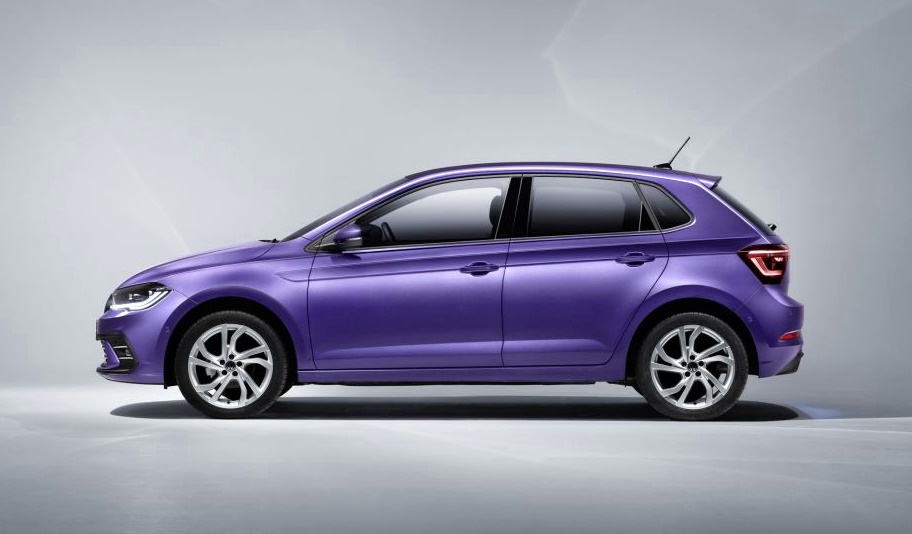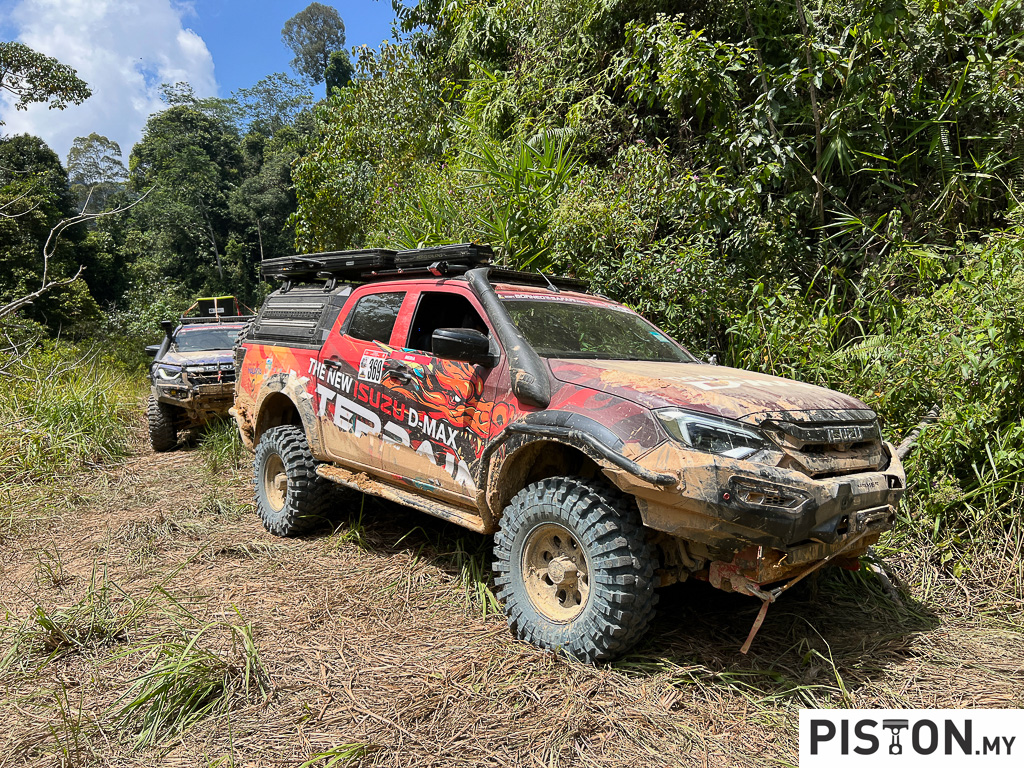Toyota won the 24 Hours Le Mans again, the fifth year in a row that the Japanese carmaker has won the classic endurance race. Toyota is the only other Japanese carmaker to win the 24-hour race, the other being Mazda in 1991 with its 787B.
This year, Toyota is using a new racing car, the GR010 HYBRID developed to the LMH (Le Mans Hypercar) technical regulations. It’s a completely new machine, sharing virtually nothing with the LMP1 (Le Mans Prototype) class TS050 HYBRID car that was used successfully in previous years.
The TOYOTA GAZOO Racing team’s fourth 1-2 finish at the 90th edition of the race was led by the crew of Sebastien Buemi, Brendon Hartley and Ryo Hirakawa who drove in the #8 GR010 HYBRID for 380 laps. They were followed across the finish line by 2021 winners, Mike Conway, Kamui Kobayashi and José María Lopez, in the #7 car, 2mins 1.222 seconds behind.
The two Toyota hypercars were in a class of their own and engaged in close battles at the front. The lead changed several times as the race went through the night, with traffic, slow zones and track evolution all coming into play. Most of the time over a period of 16 hours, the two cars ran just a few seconds apart.
As the morning started, there was a rare moment of trouble when the #8 car had a puncture with Buemi at the wheel. But the complexion of the race changed decisively on lap 256 when Jose had to move the race-leading #7 car to the side of the track following an issue relating to the front motor. He had to perform a system reset and was then able to return to the pits. Further resets solved the issue and allowed the car to rejoin the race but nearly a lap behind the new leader in the #8 GR010 HYBRID.
With closely-matched performance, that deficit proved too great for the #7 crew to overcome, despite Jose setting the fastest lap of the race within the remaining 30 minutes of the race. It was therefore left to Brendon to take the #7 car across the finish line, completing 5,177 kms in 24 hours.
Third and fourth places were taken by the cars of Scuderia Cameron Glickenhaus, also racing in the hypercar class, which has covered 370 and 375 laps. Fifth place in the category (but 23rd overall) was the Alpine A480 – Gibson which was off-pace due to a number of technical problems that plagued the car and team.
Aston Martin claimed another victory with its Vantage GTE as partner team TF Sport won the GTE-Am class. The victory, in a year featuring a record-equalling 23-car GTE-Am entry, marks a second in three years at Le Mans for TF Sport following its class success in 2020.
As the third round of the 2022 World Endurance Championship (WEC), Le Mans offered double points and a chance for TOYOTA GAZOO Racing to jump upwards in the Manufacturers’ and Drivers’ standings. The new season had seen a close start in the Hypercar class against strong competition from Alpine and Glickenhaus.
However, after the Le Mans race, TOYOTA GAZOO Racing has moved to the top, 22 points ahead of Alpine. The Drivers’ championship remains wide open, though, with the #8 crew just 3 points ahead of the leading Alpine trio, and #7 20 points behind.
TOYOTA GAZOO Racing wins first-ever hypercar championship of World Endurance Championship





